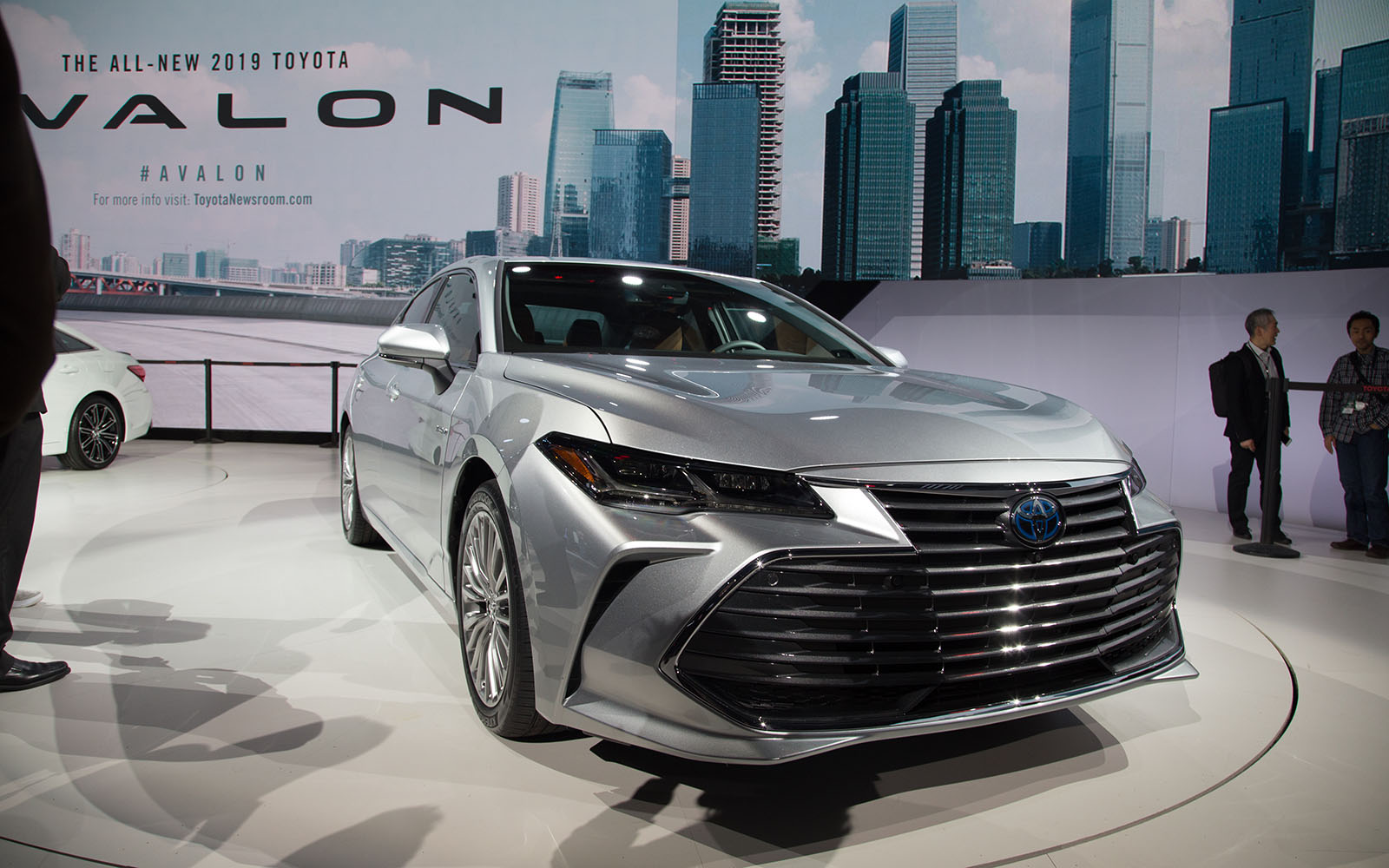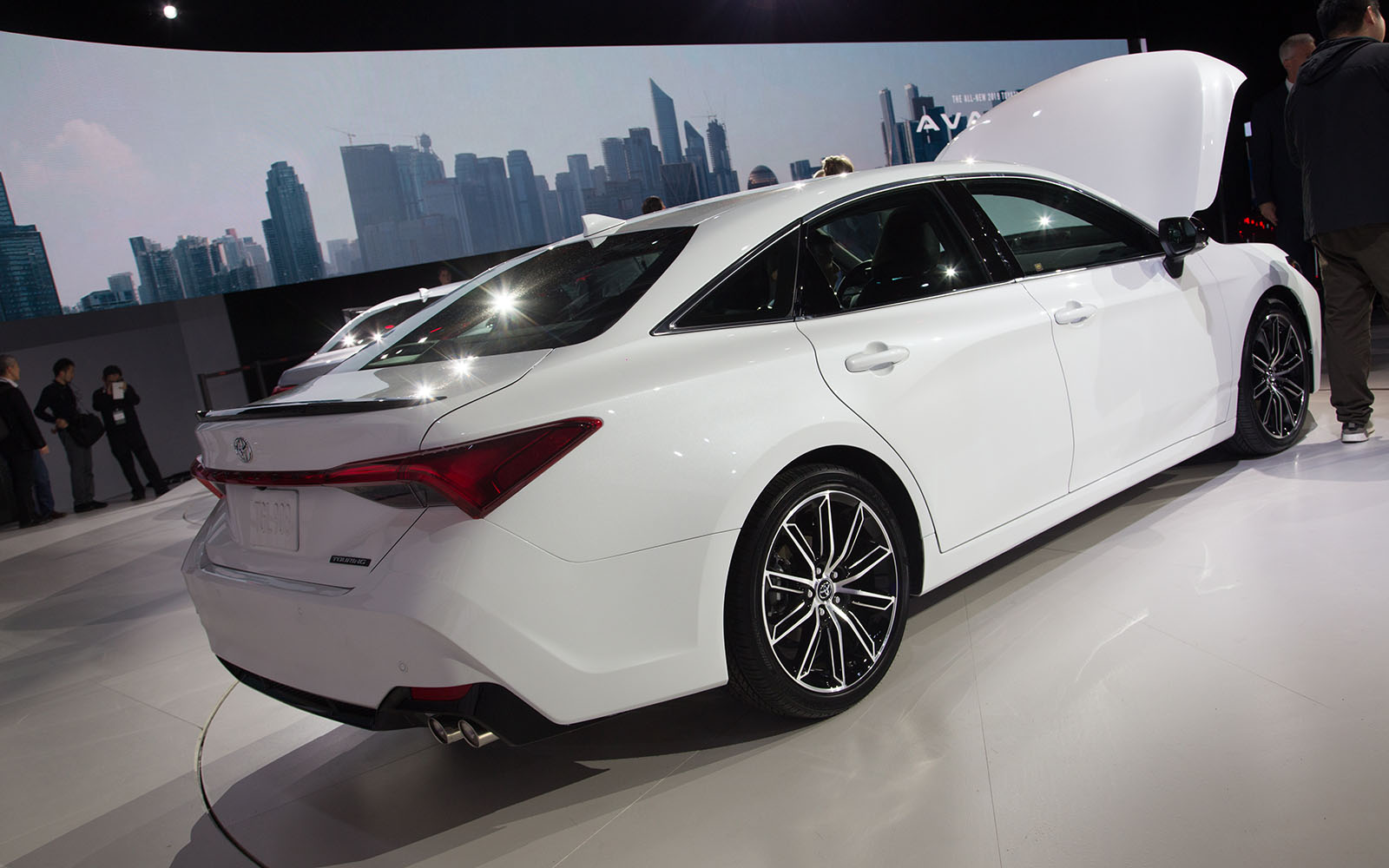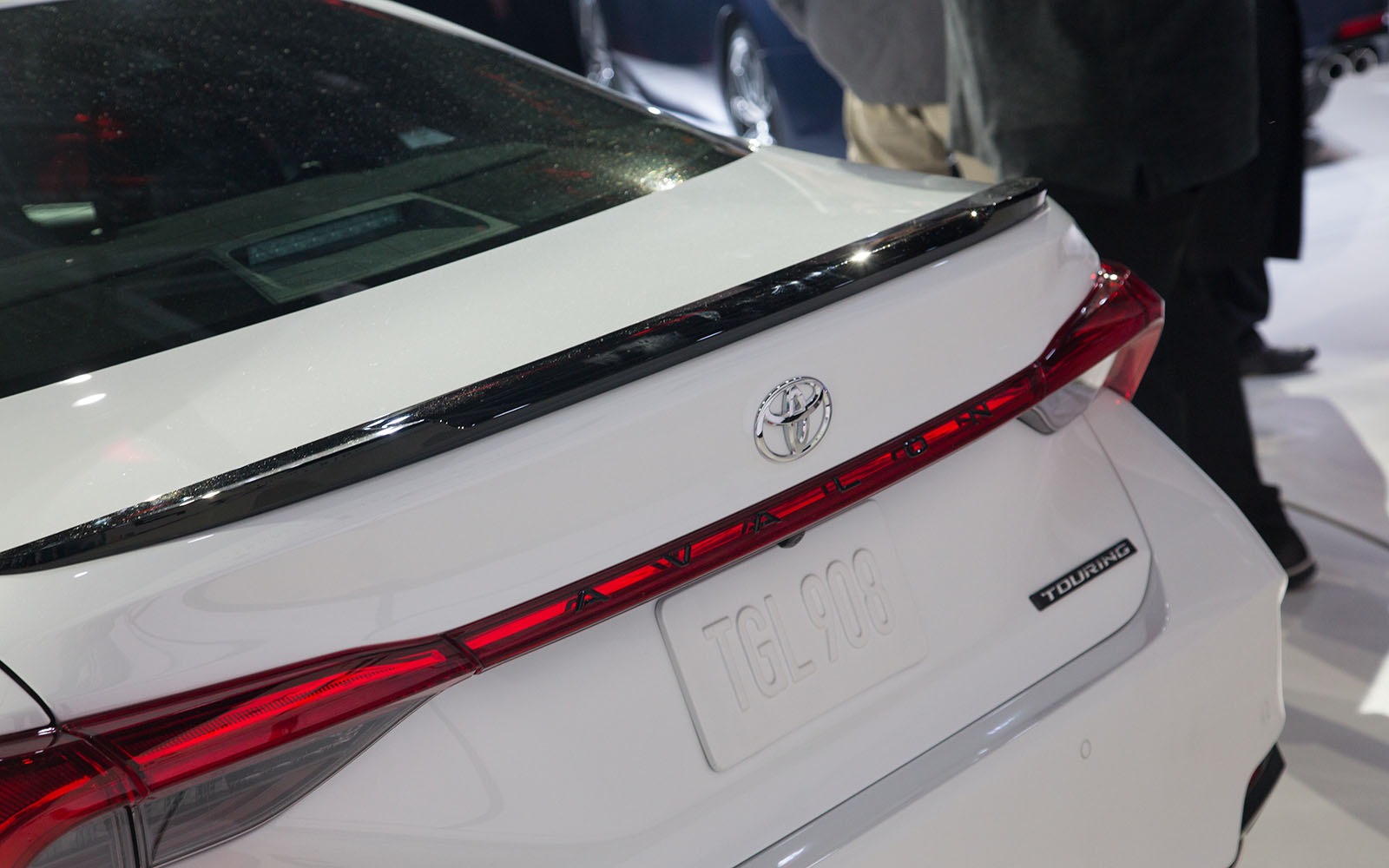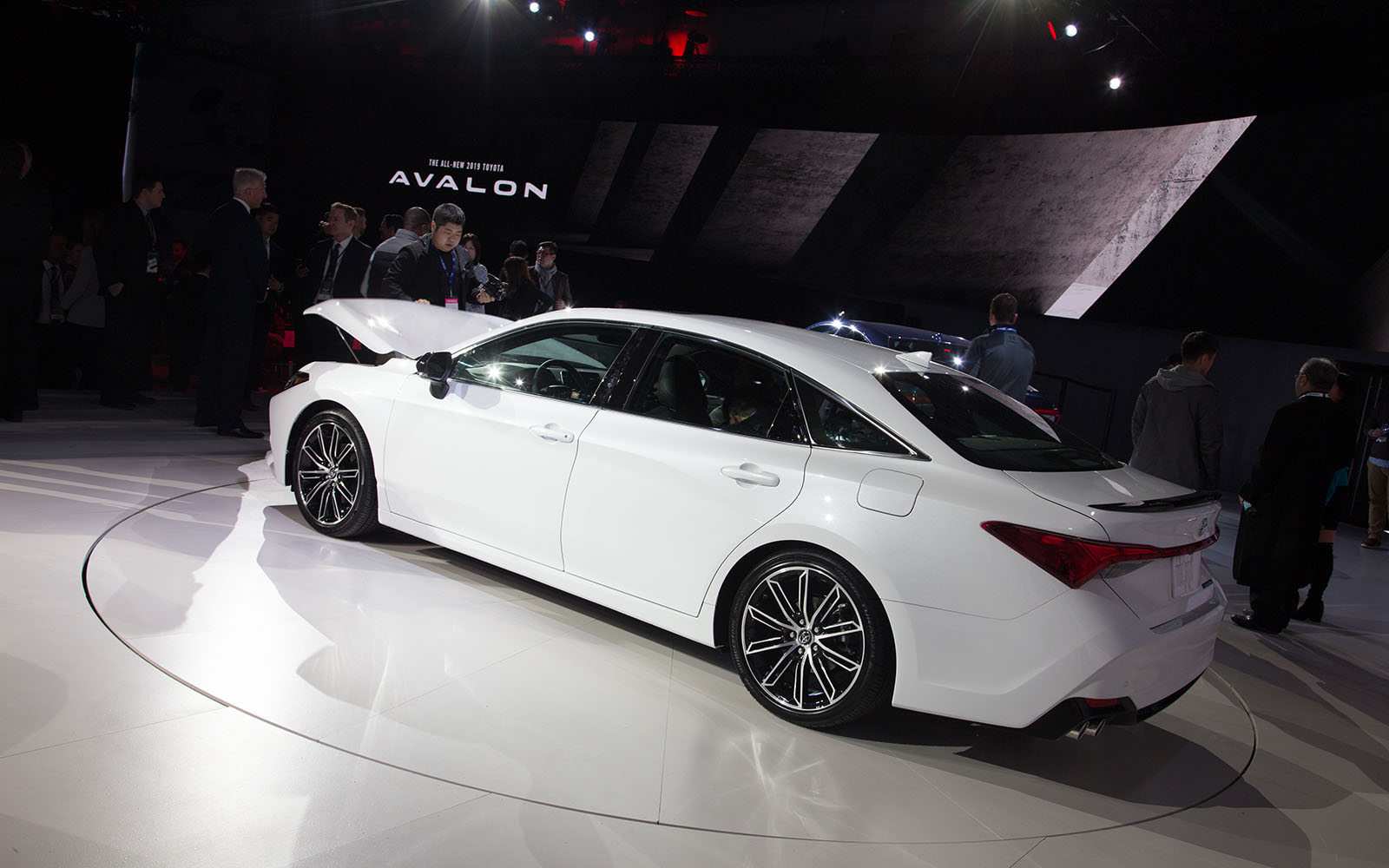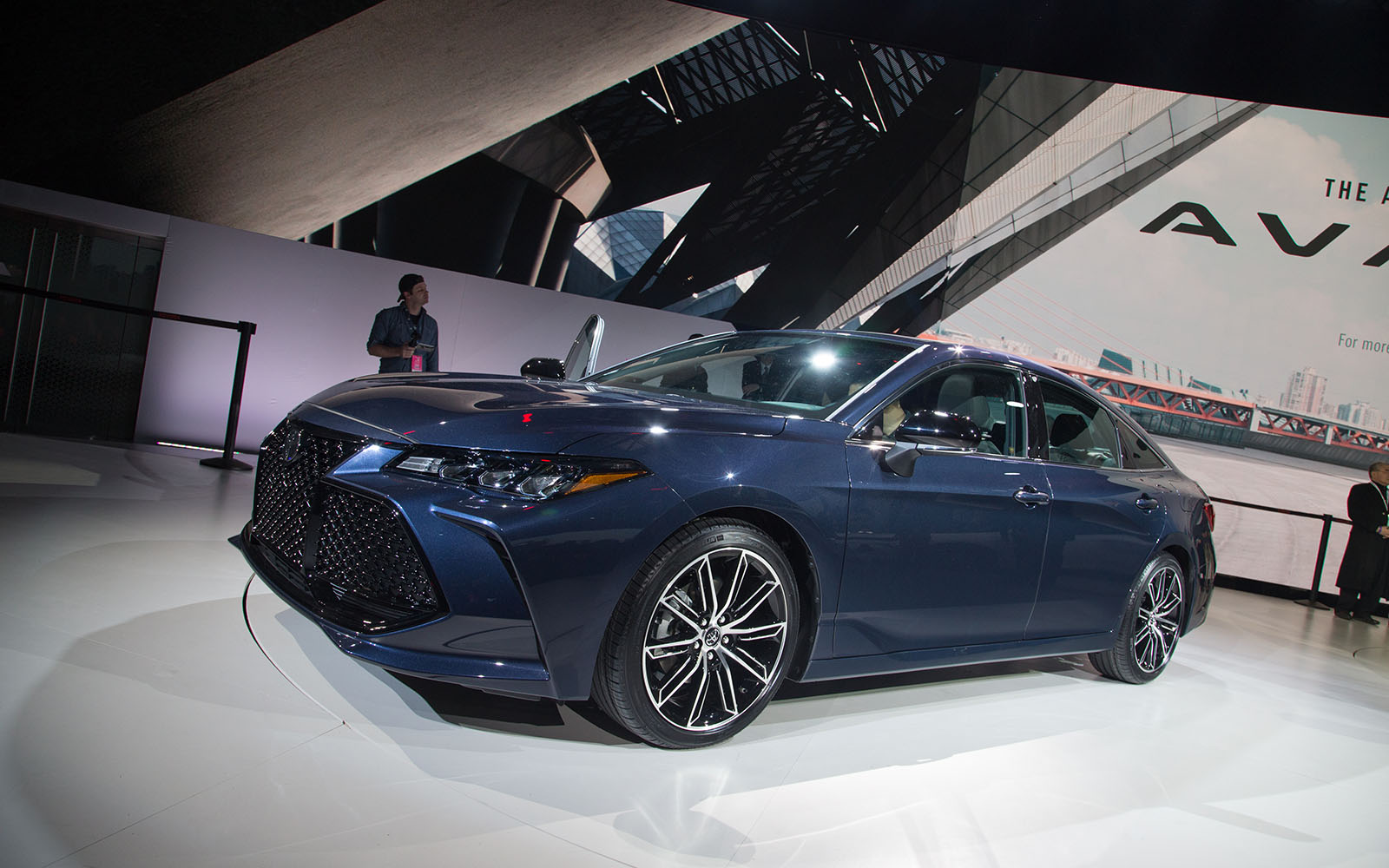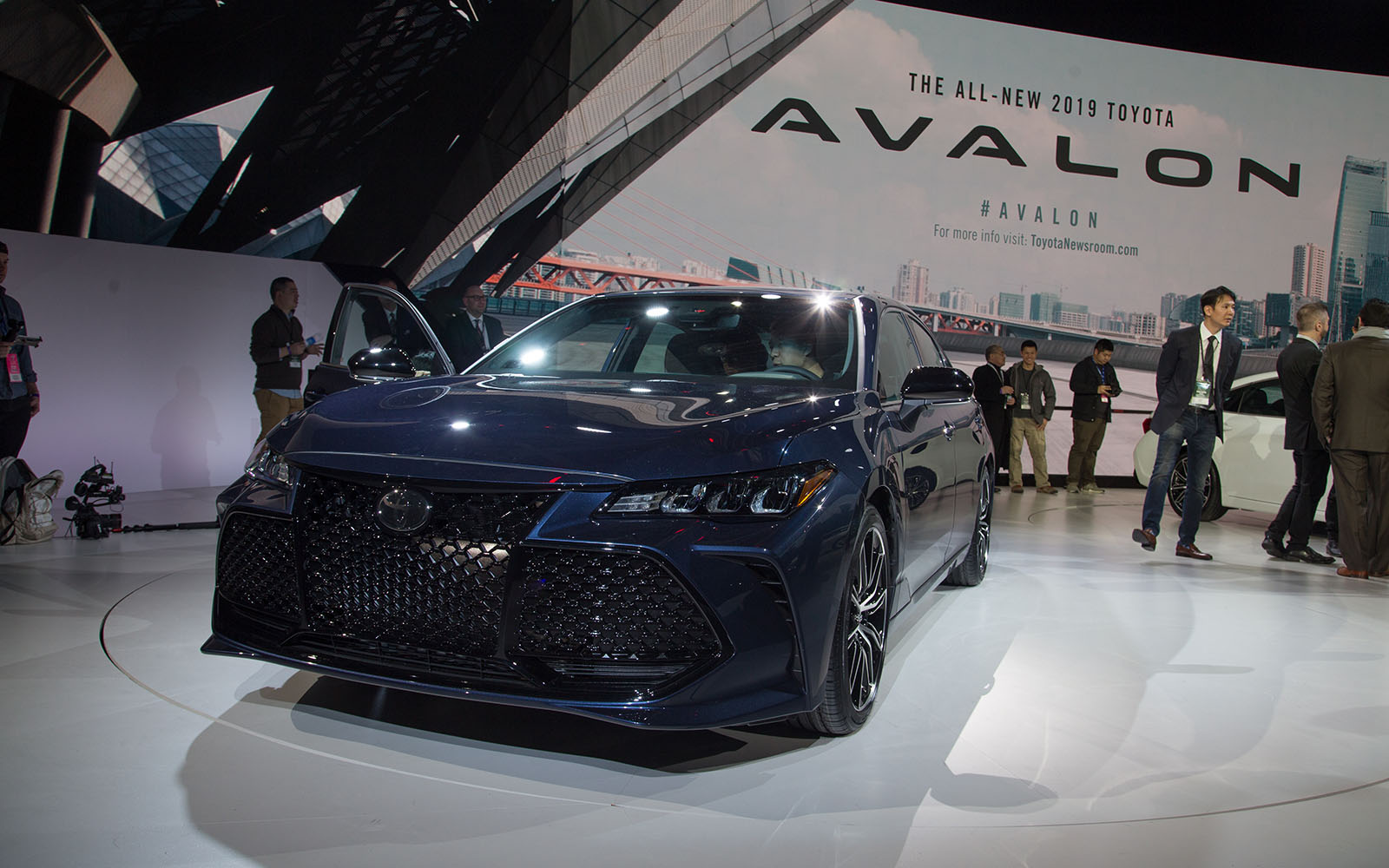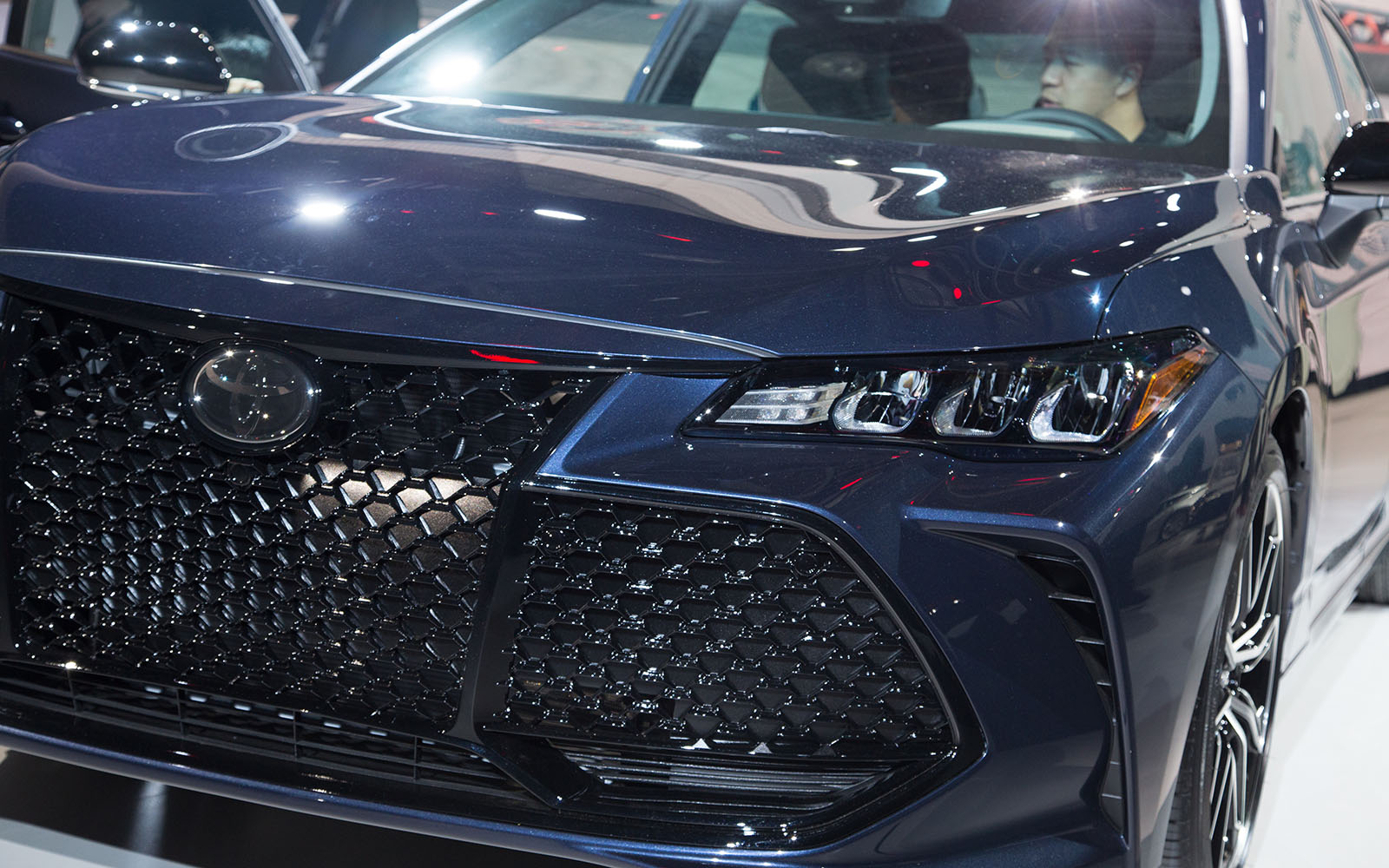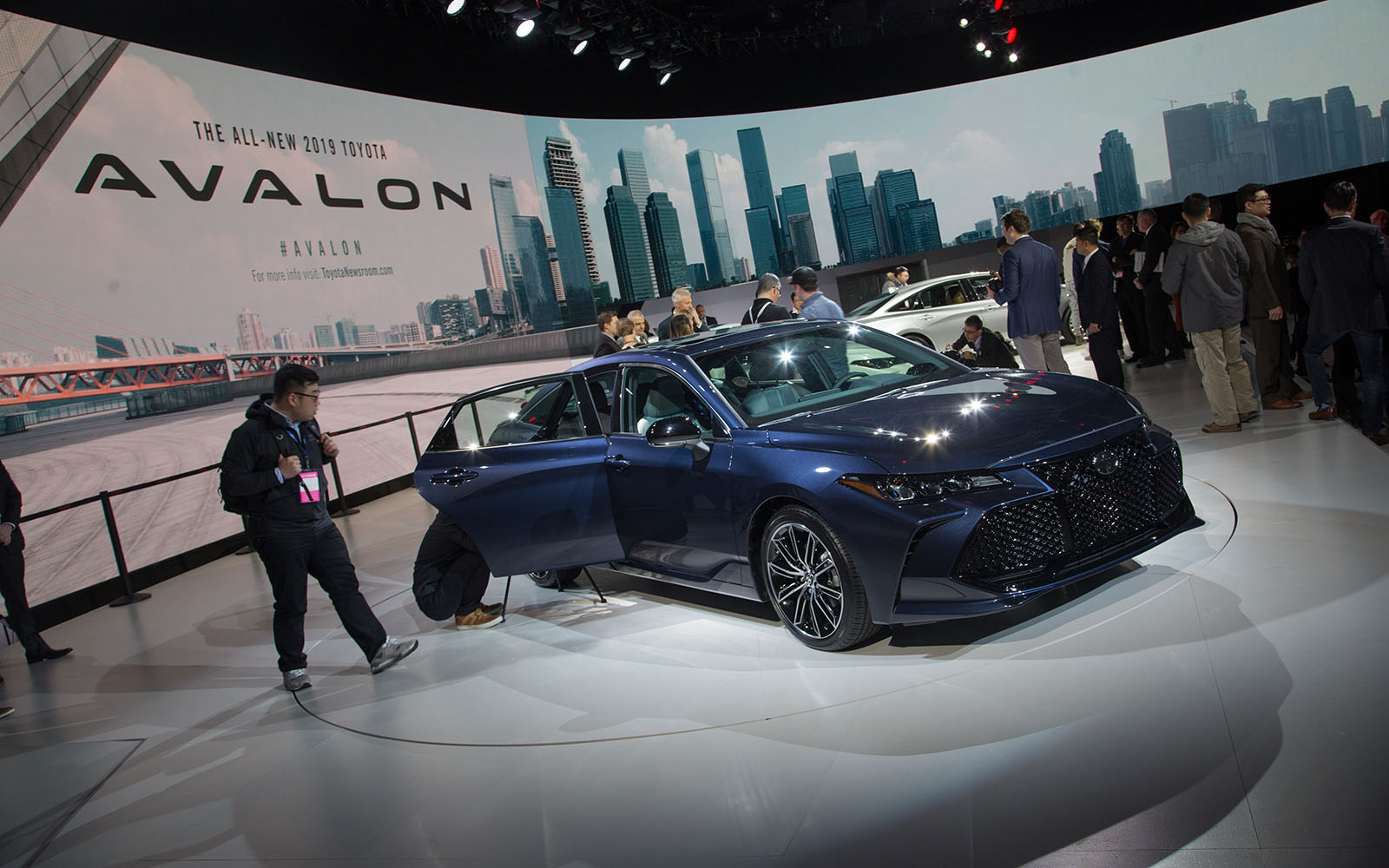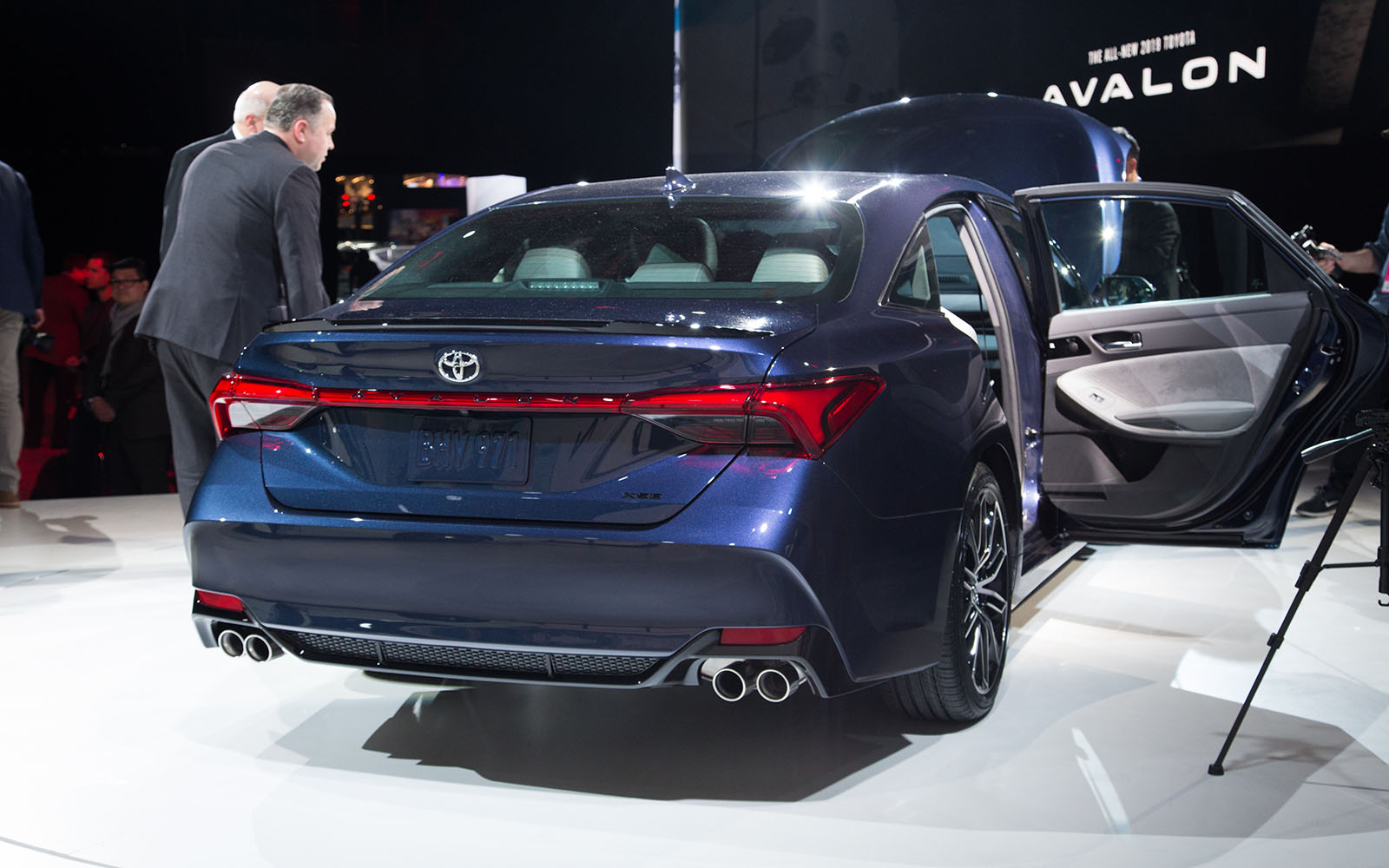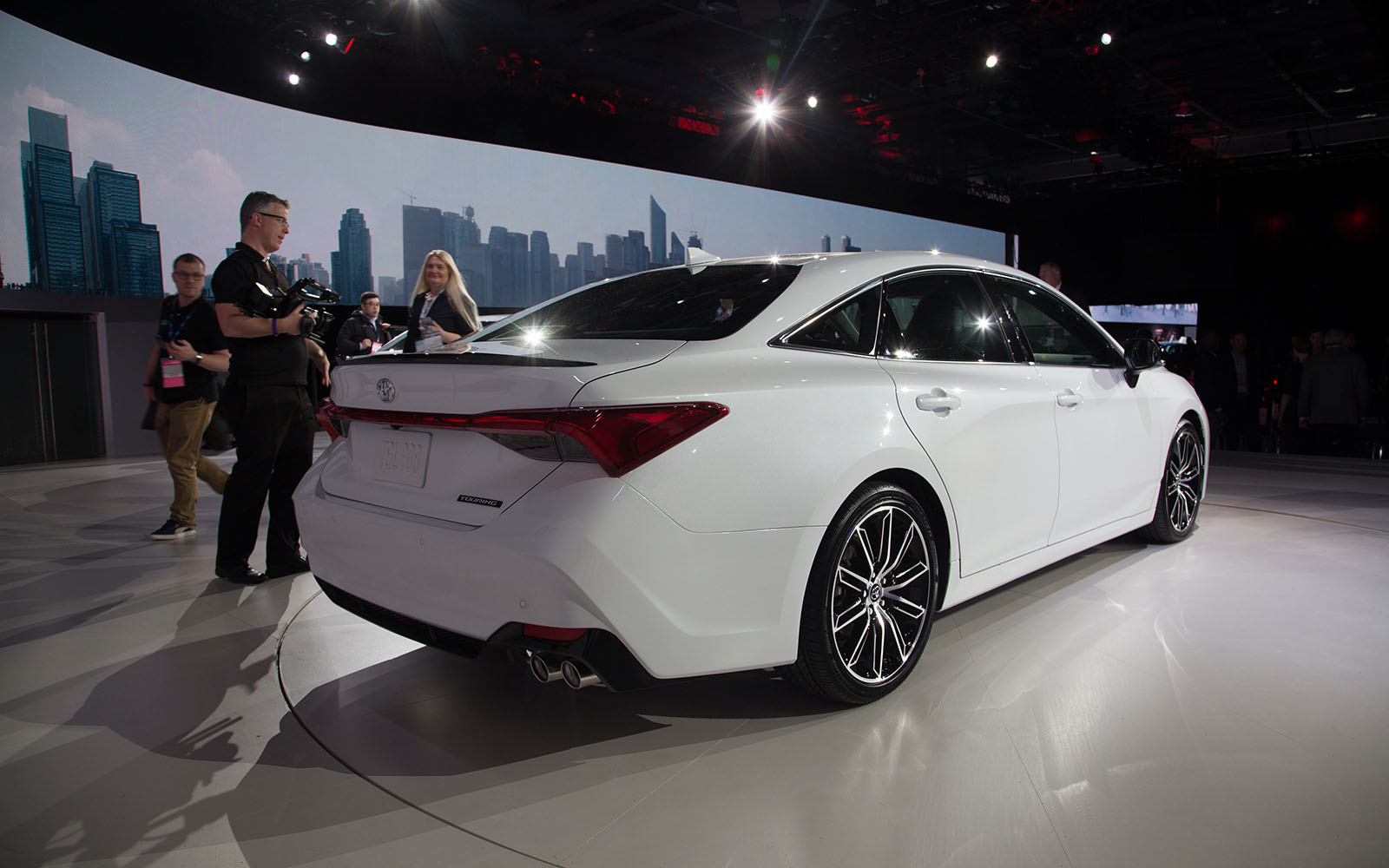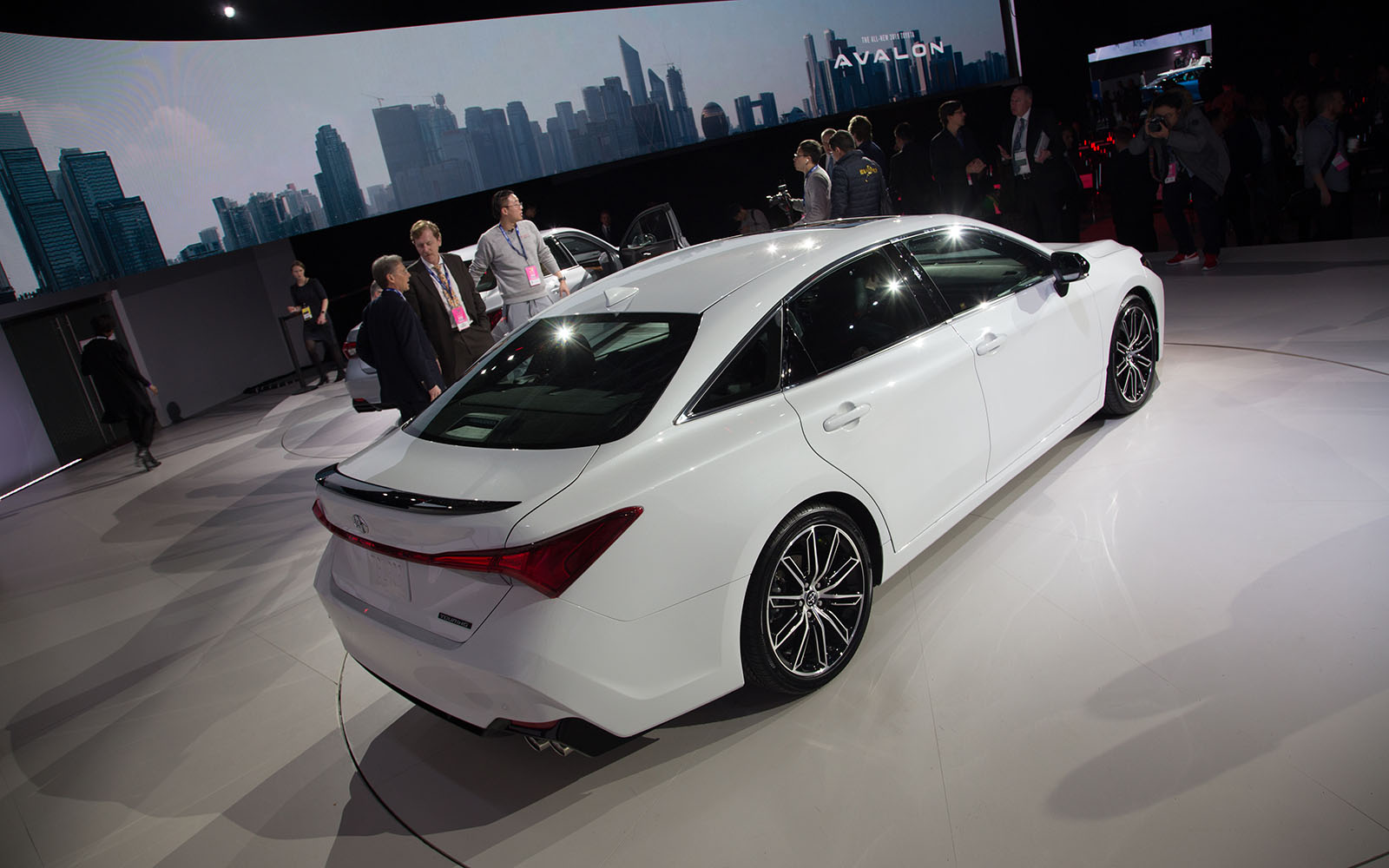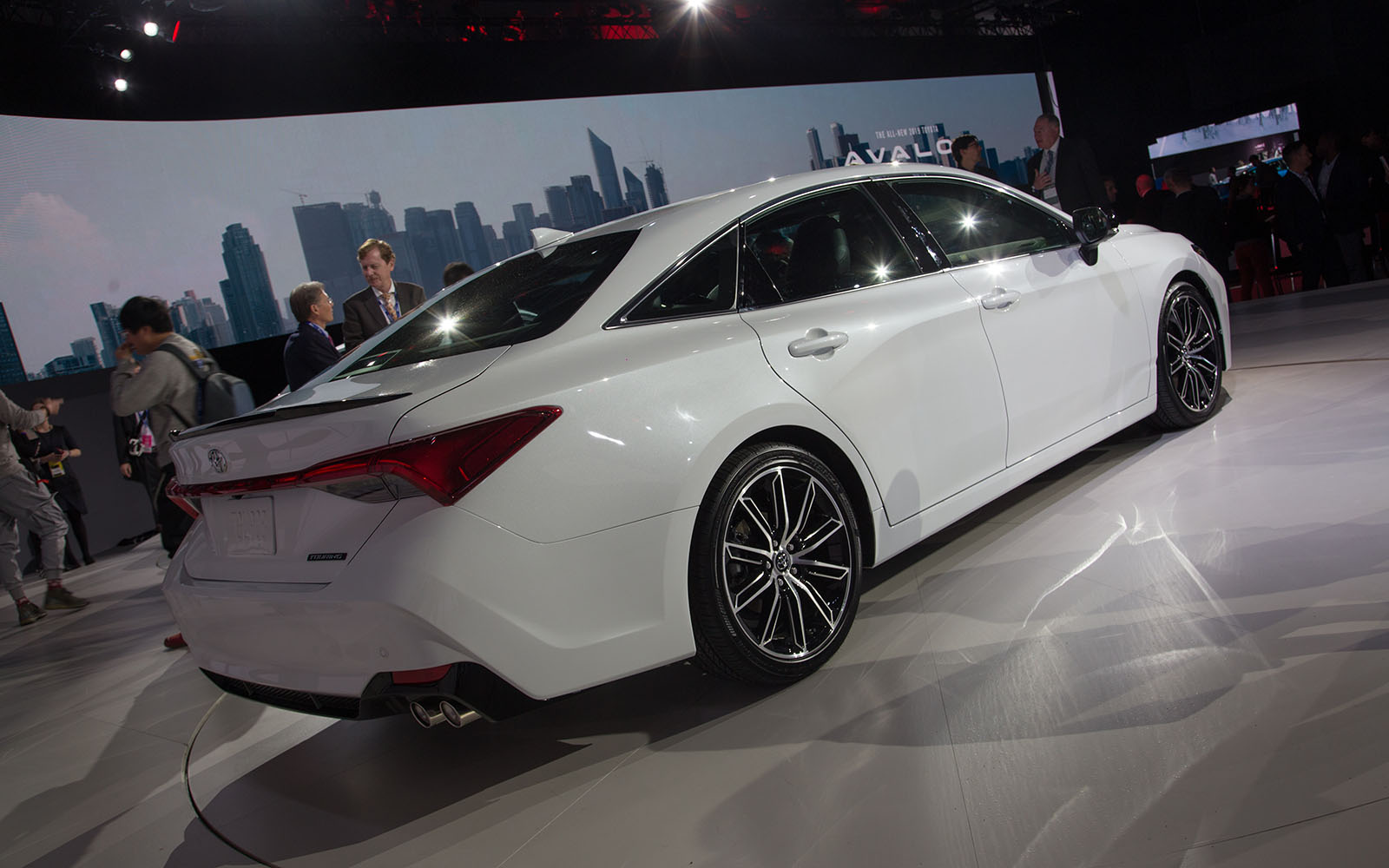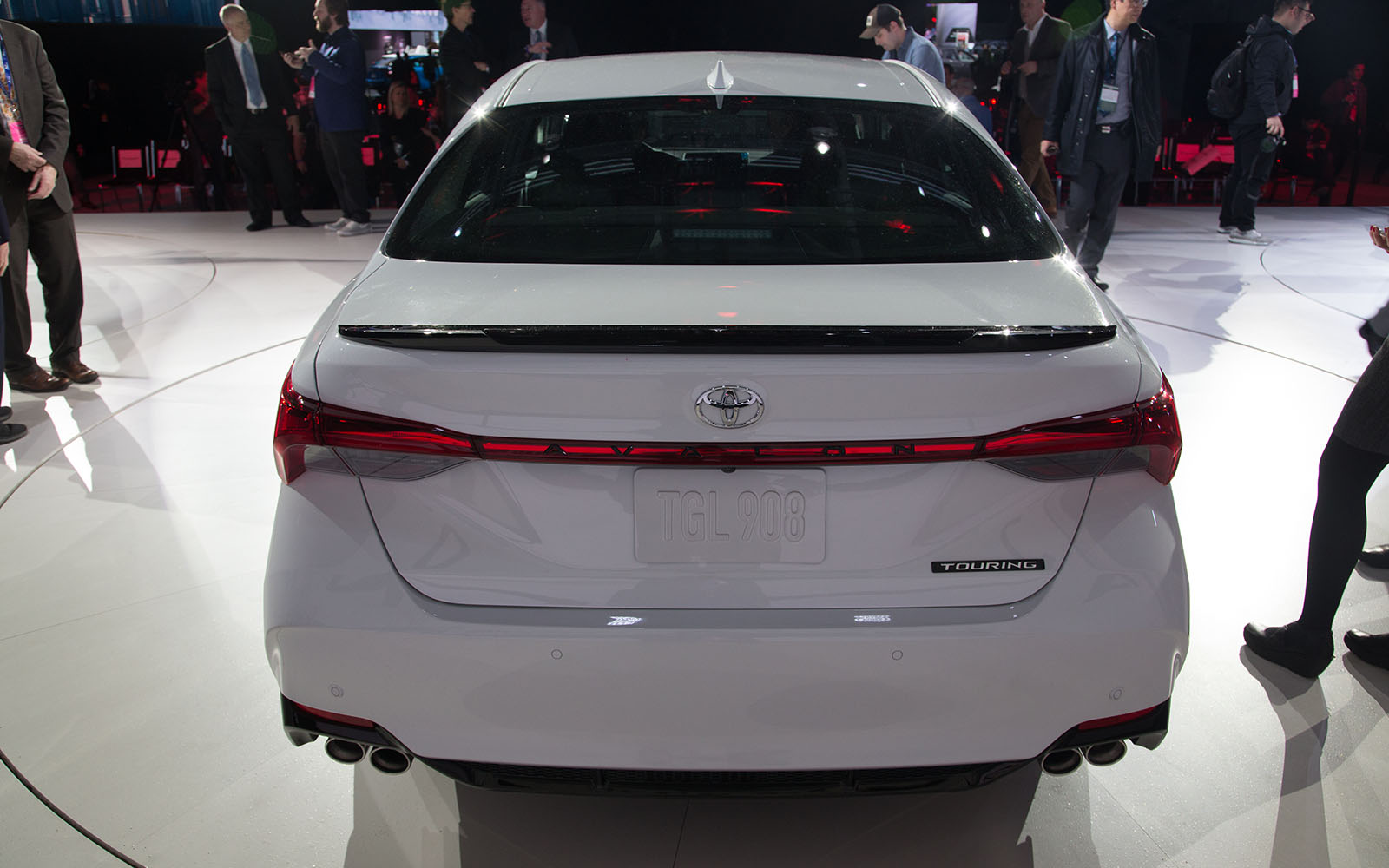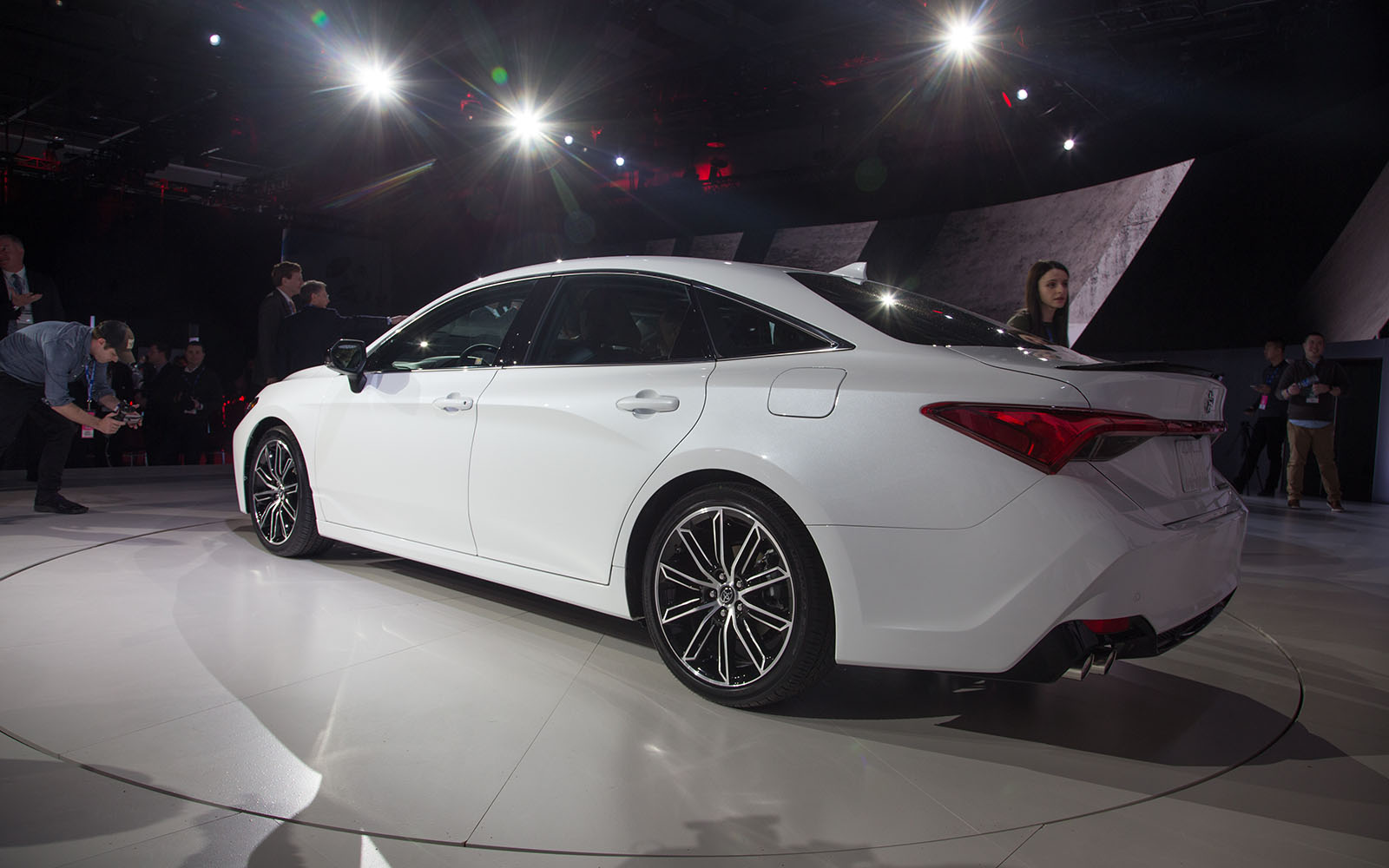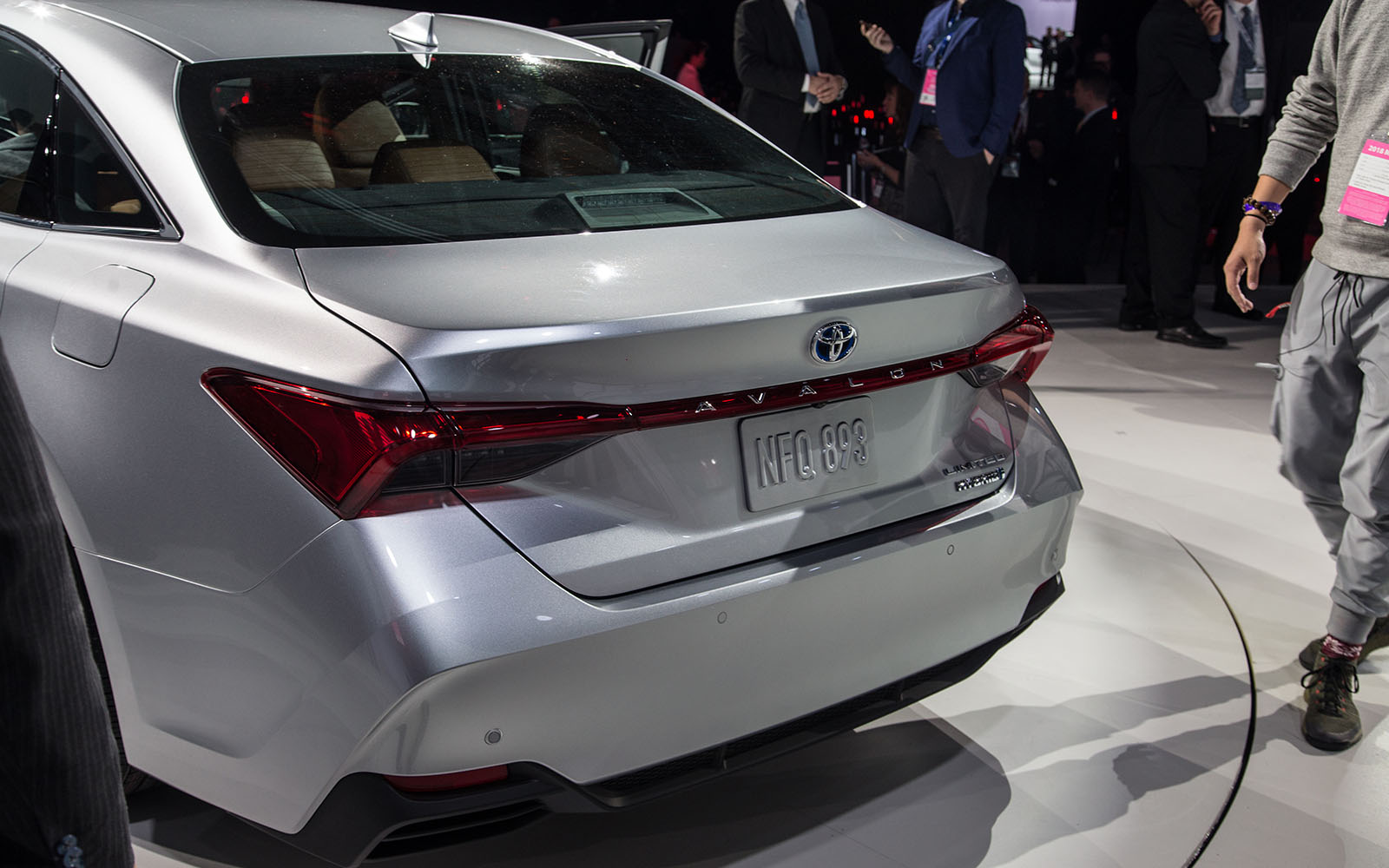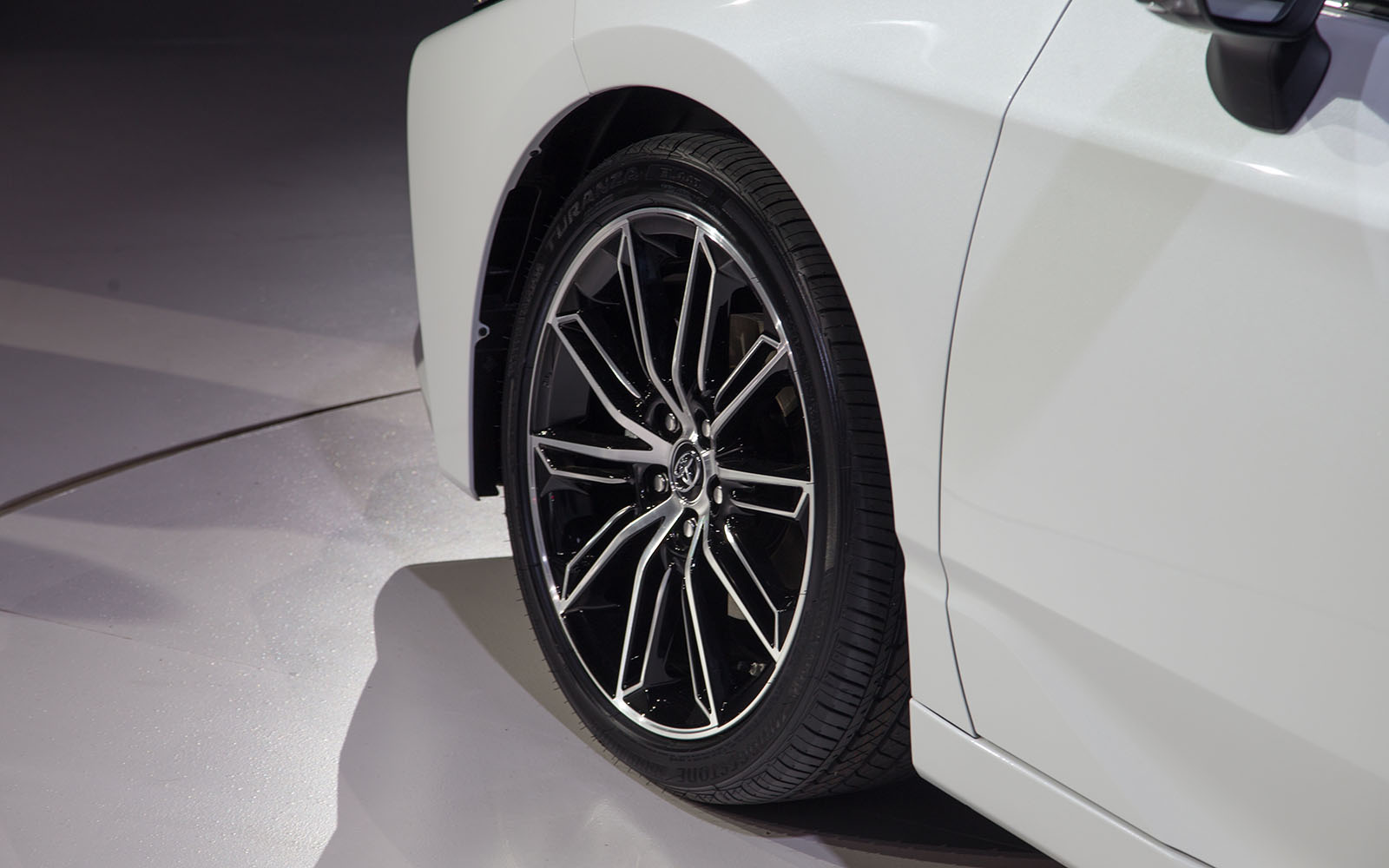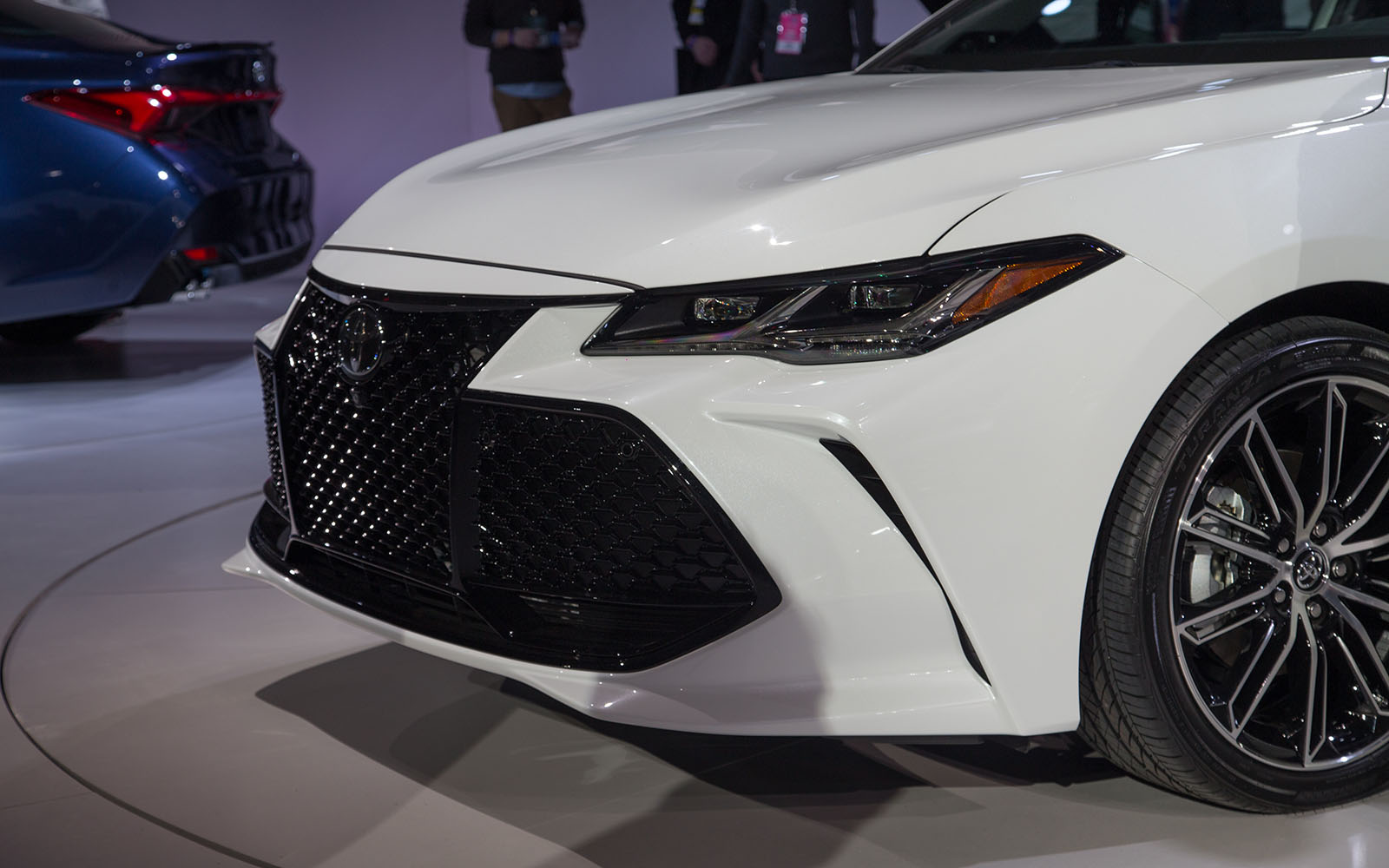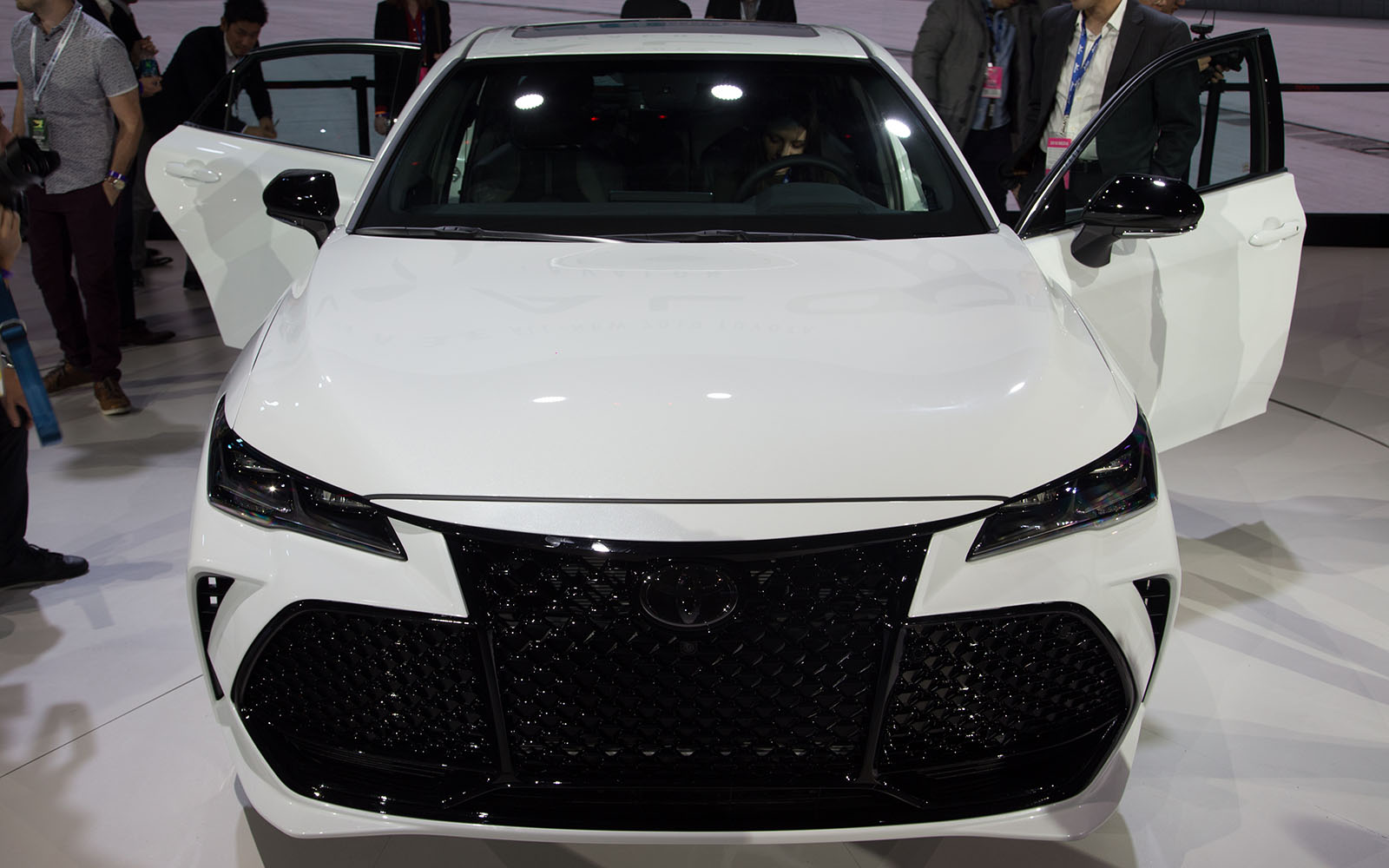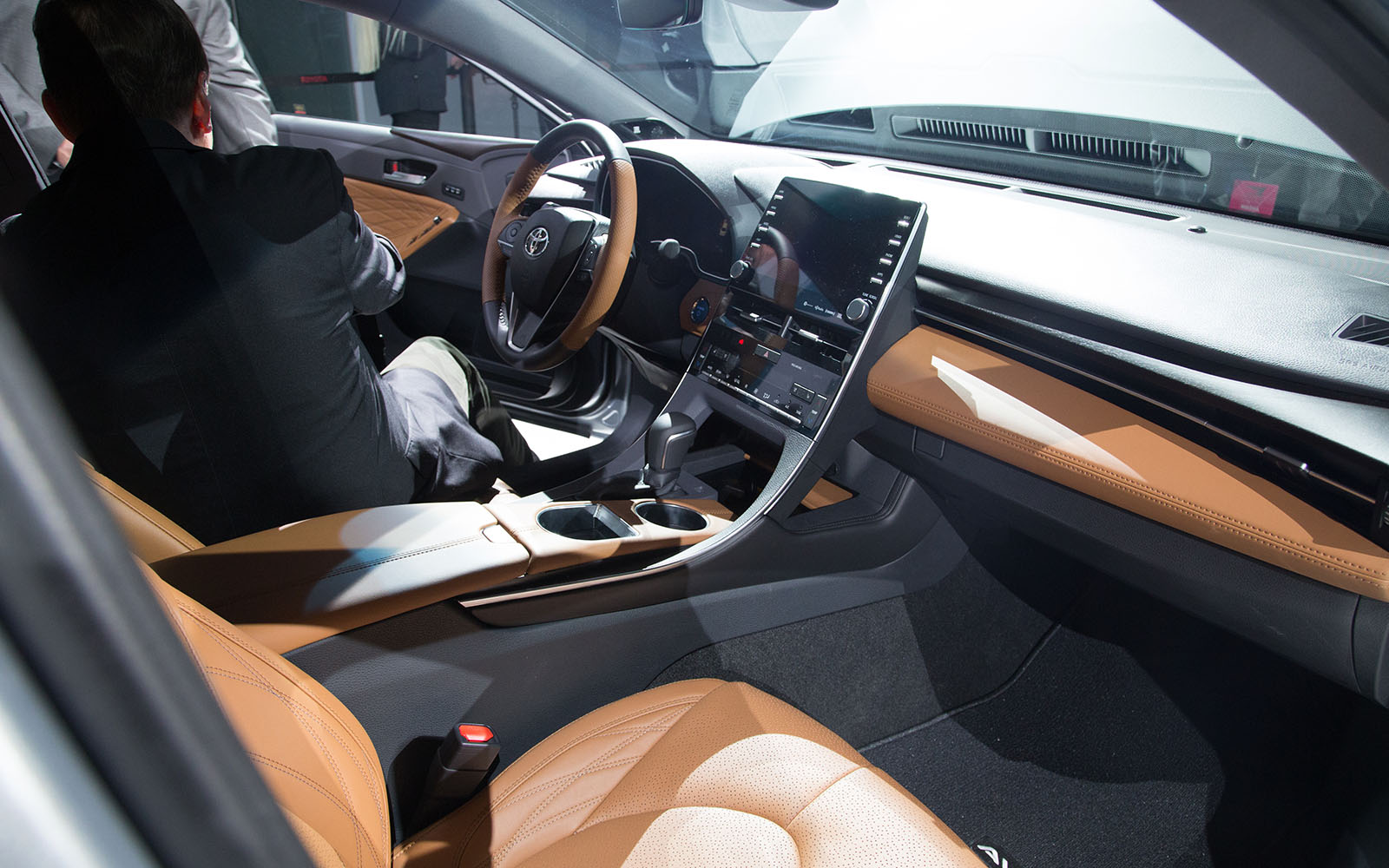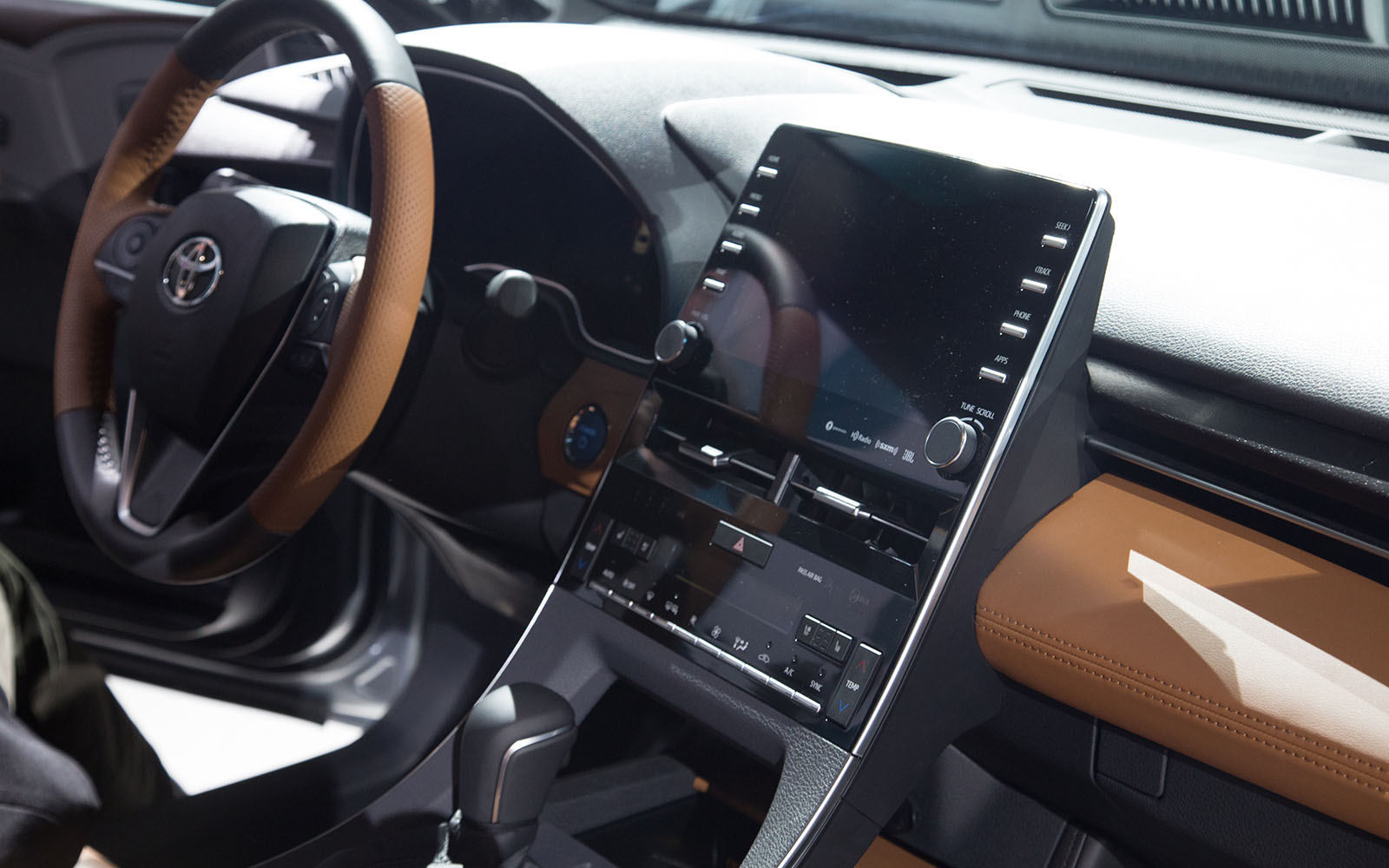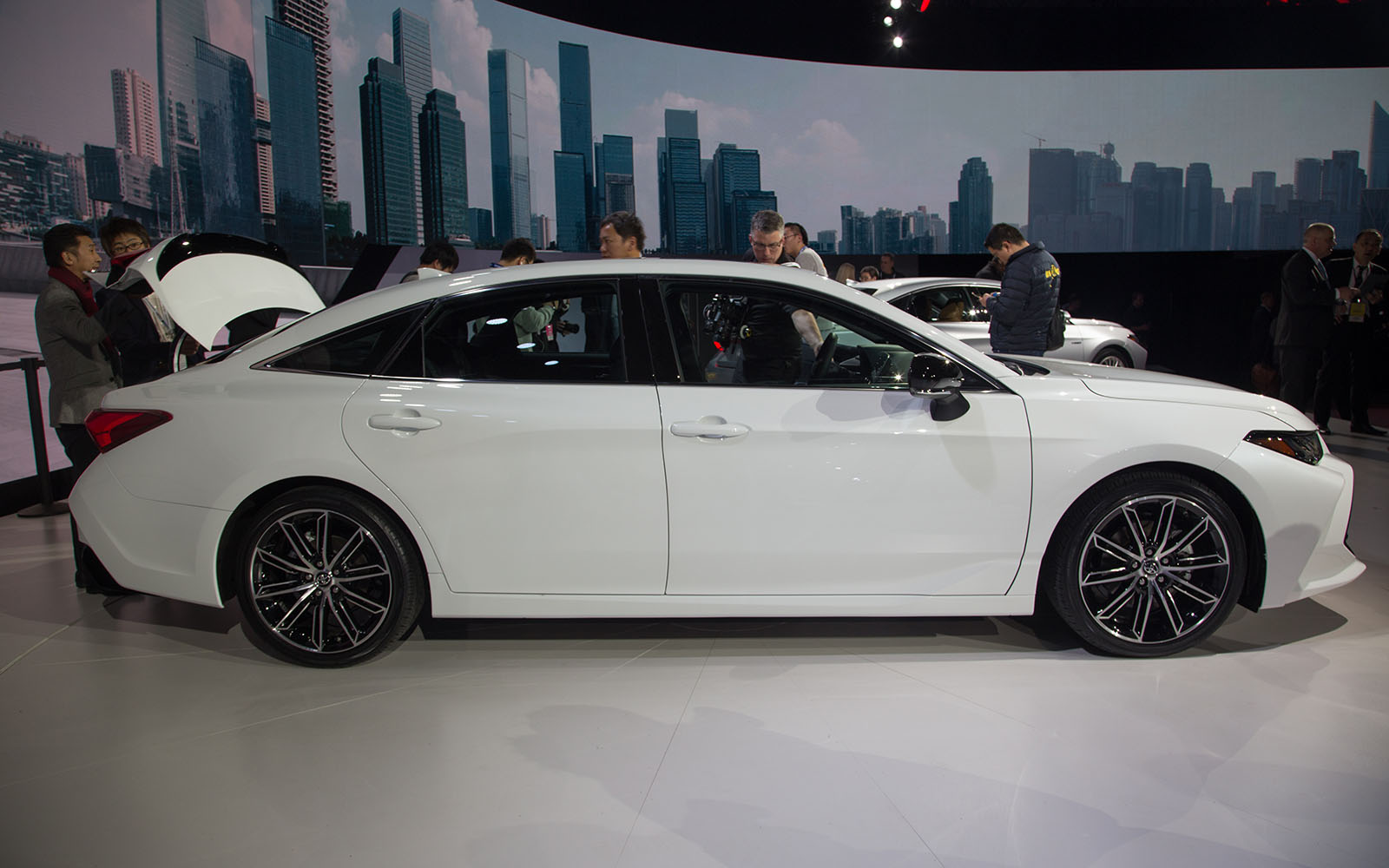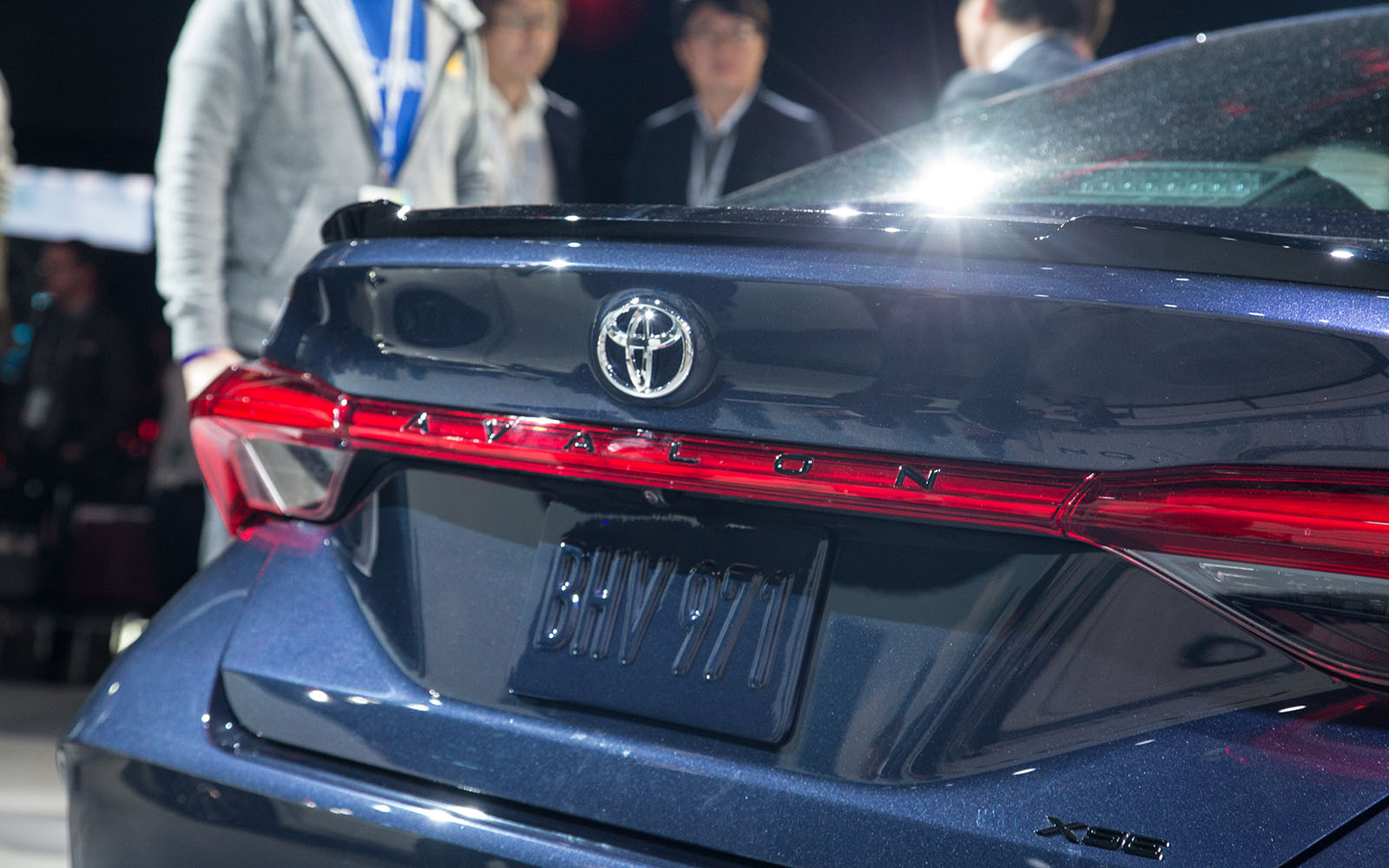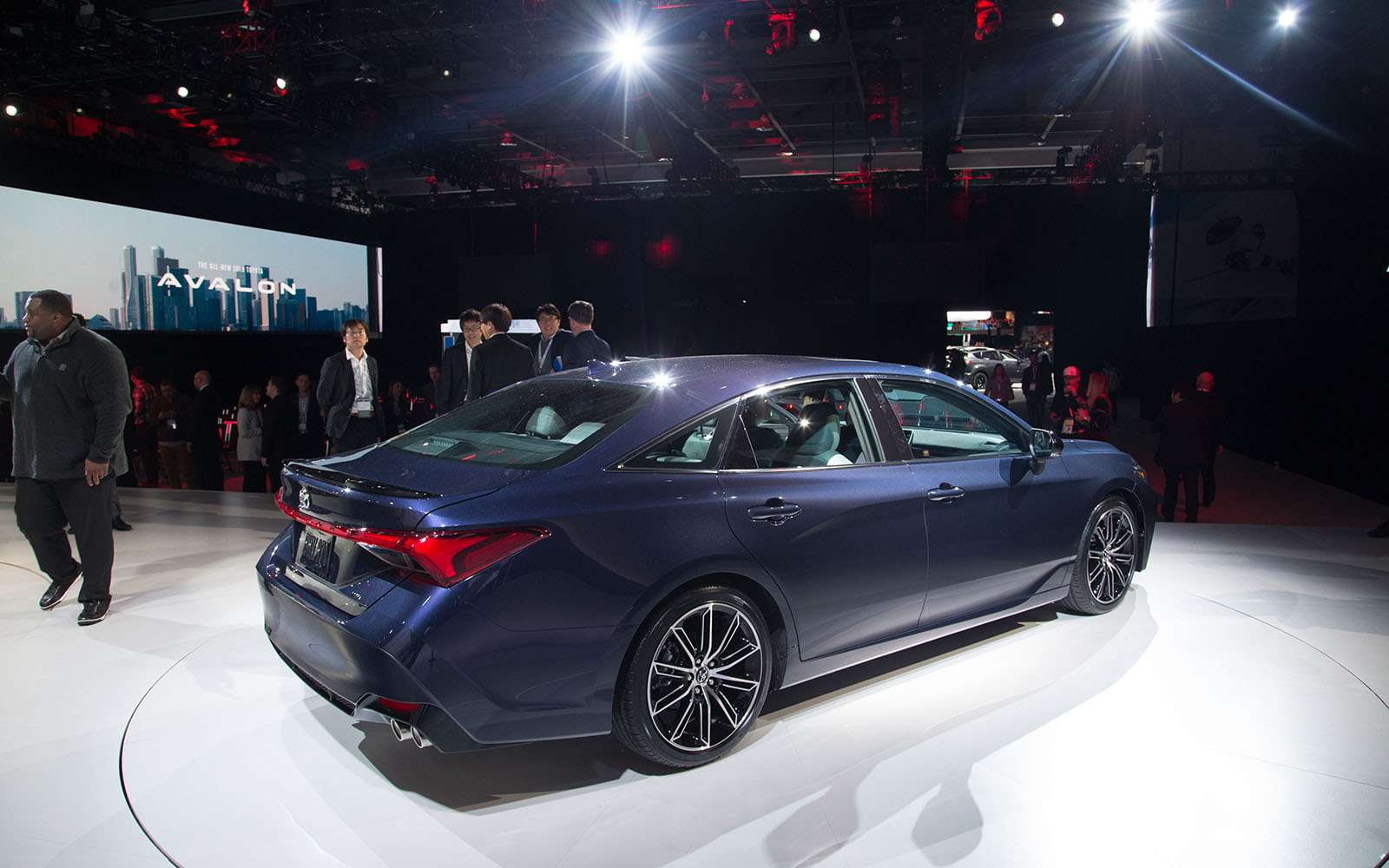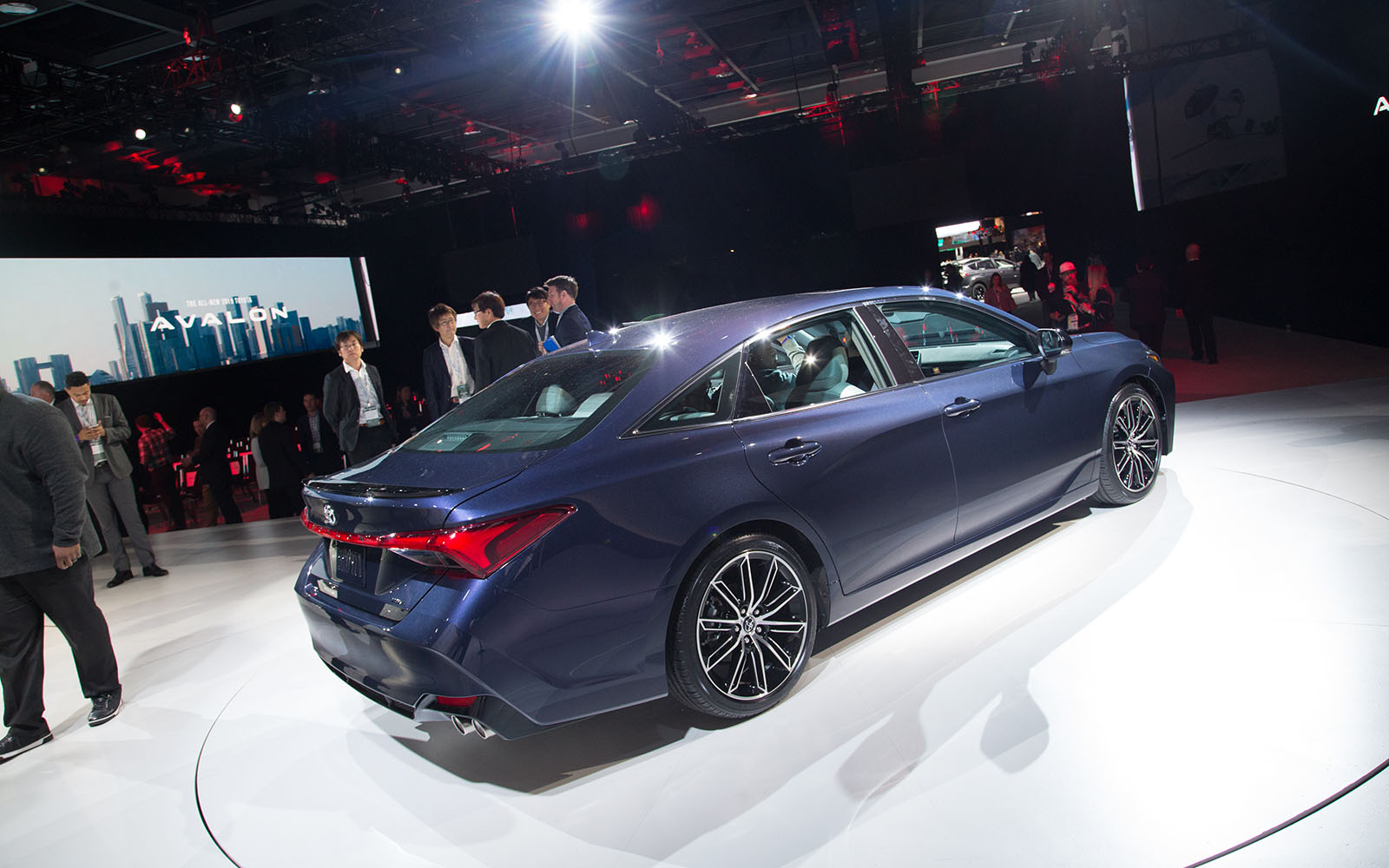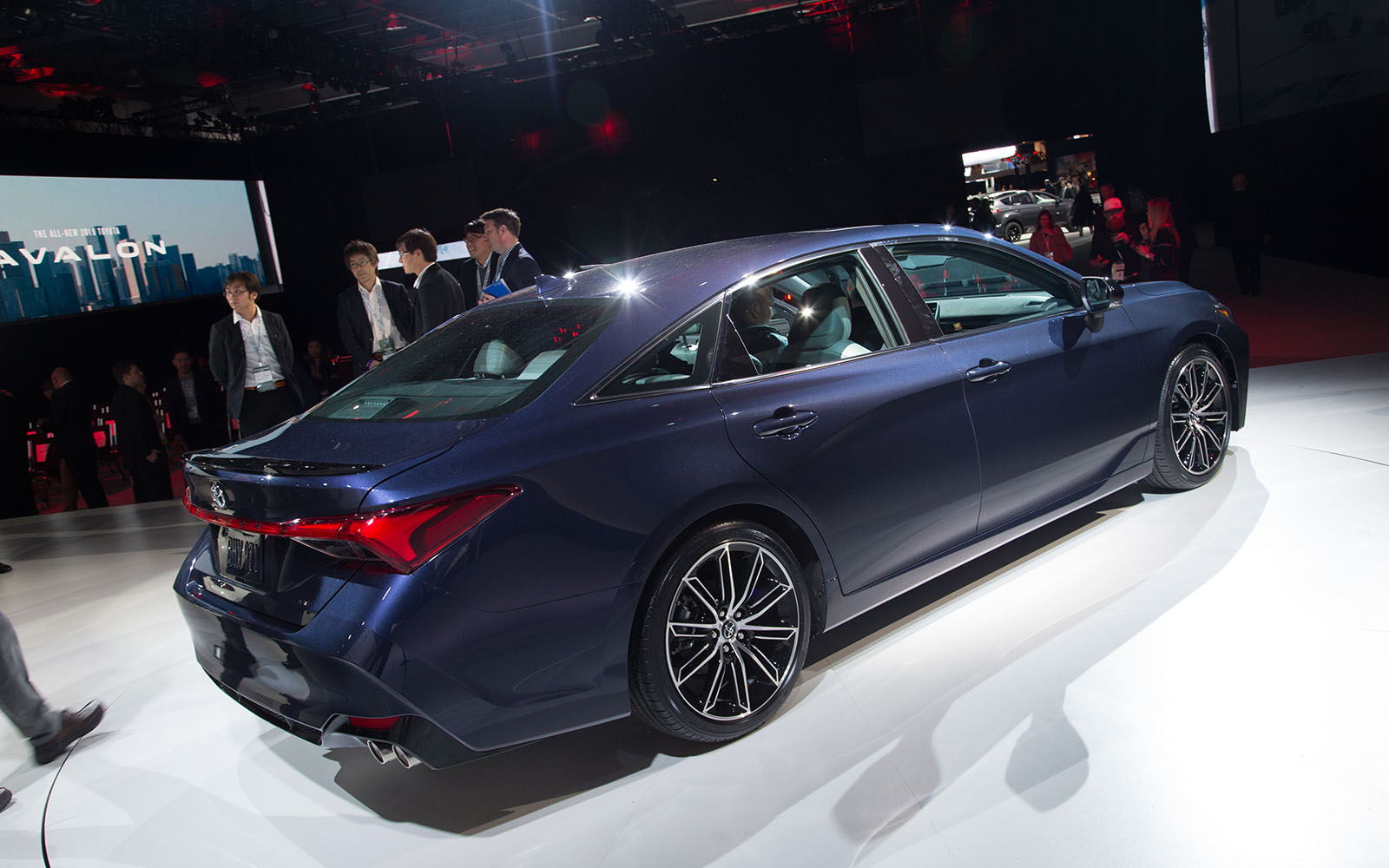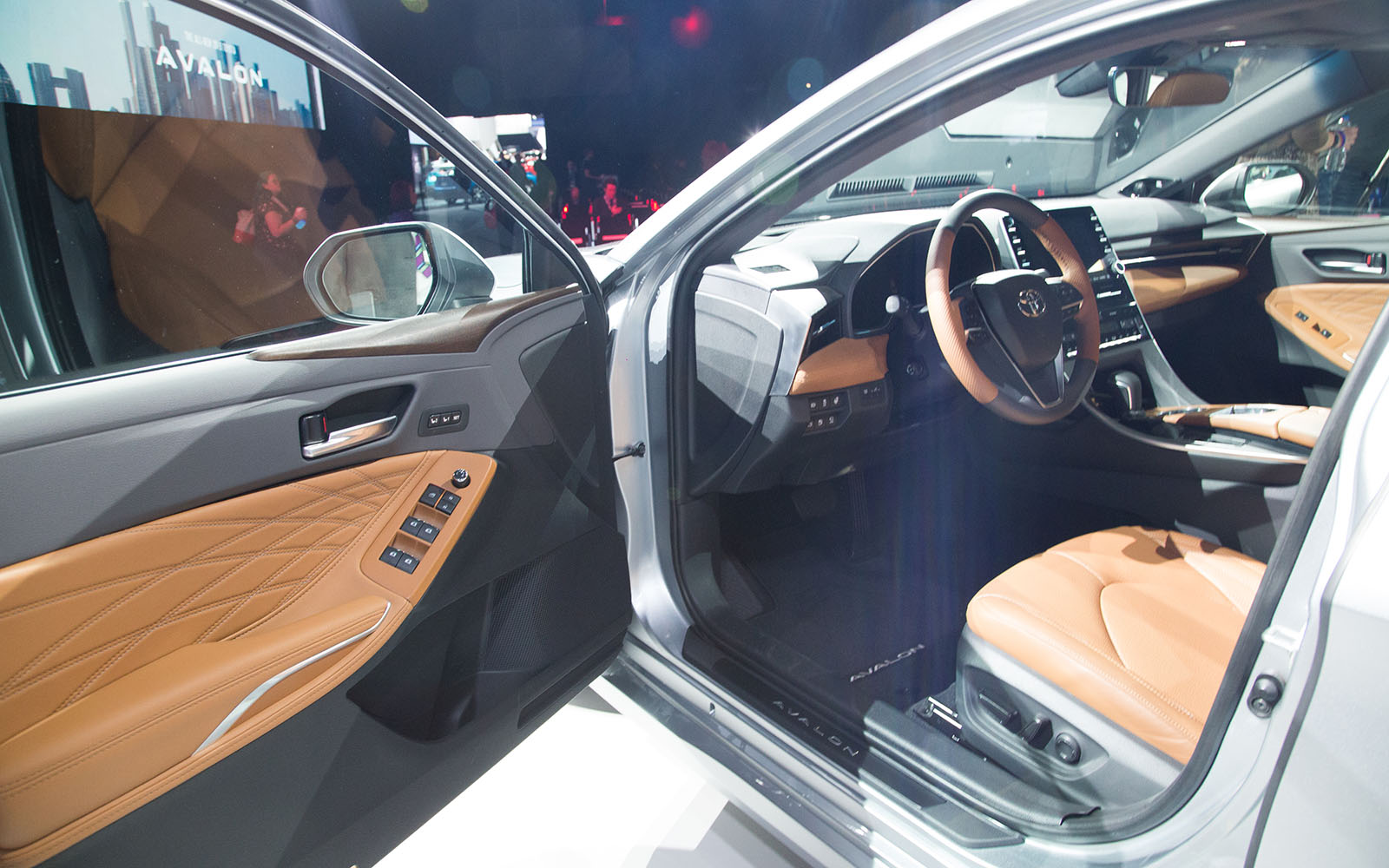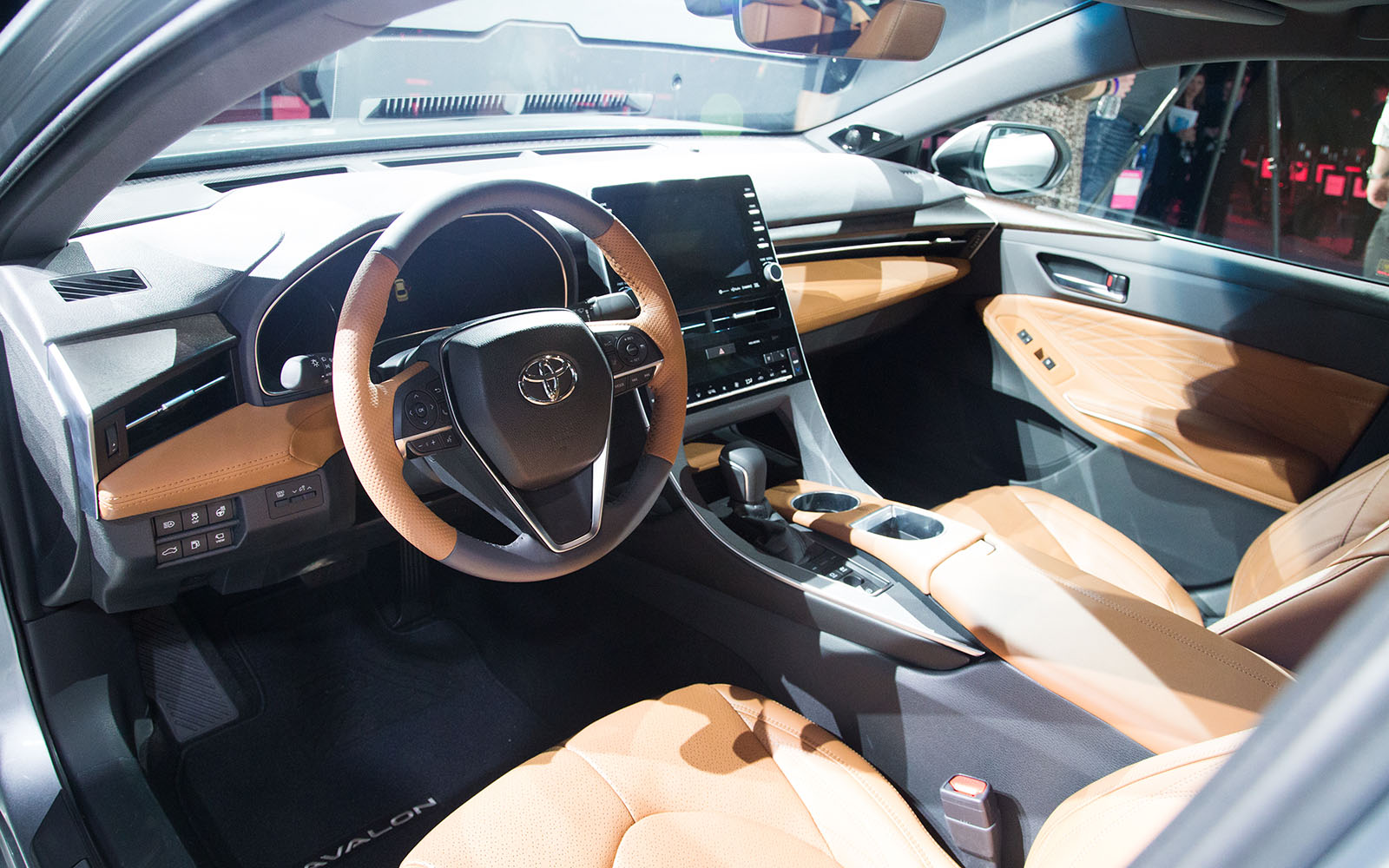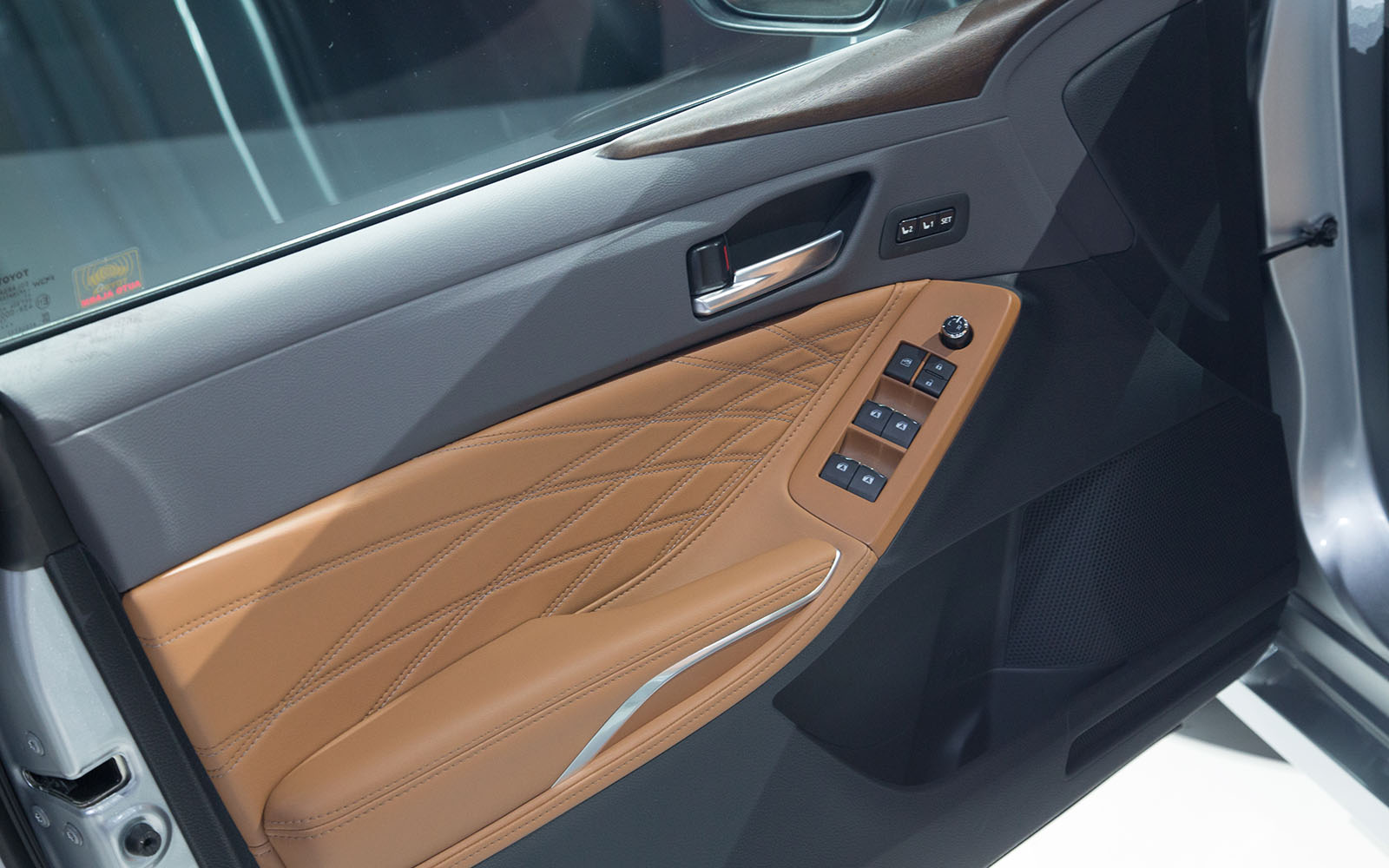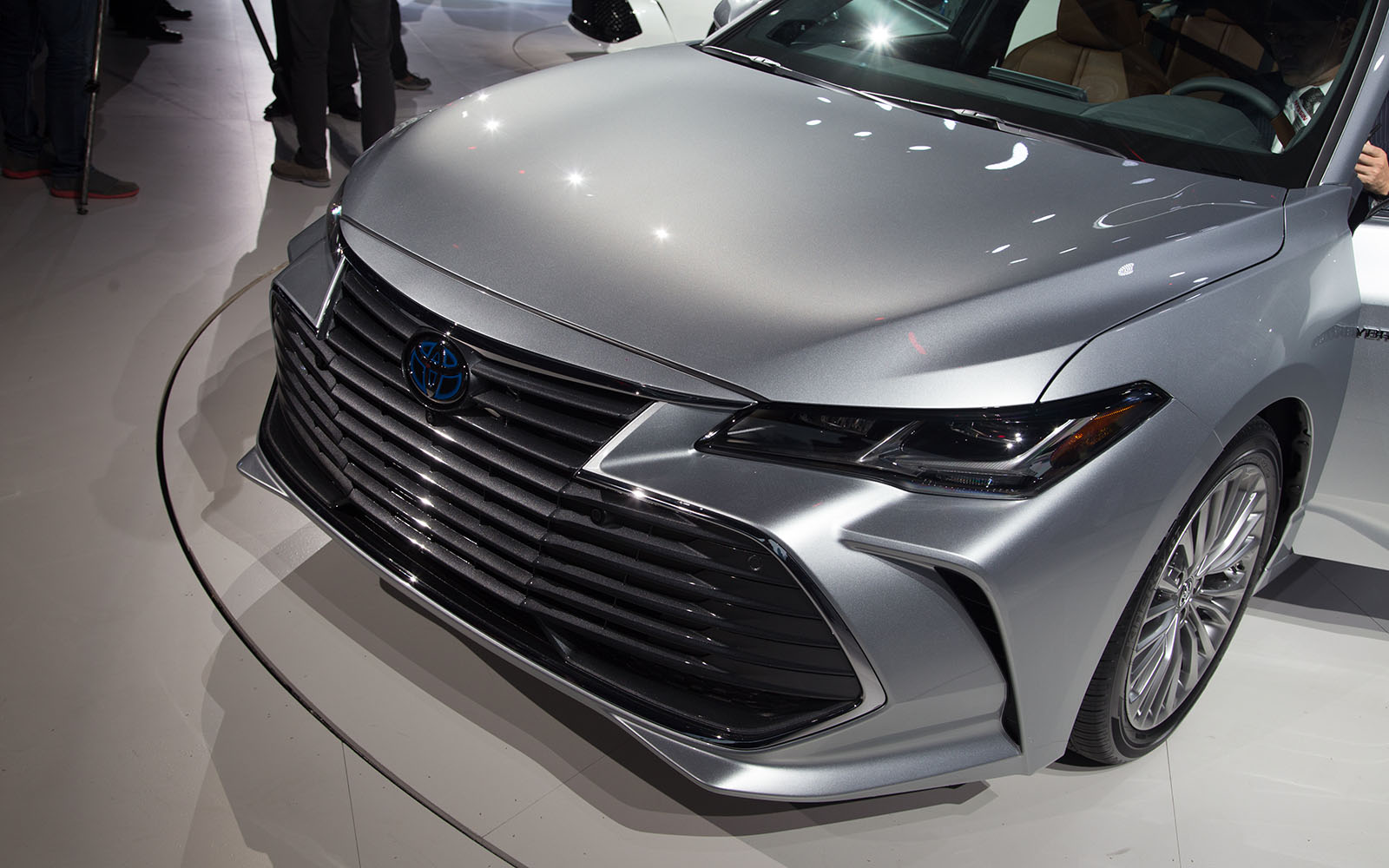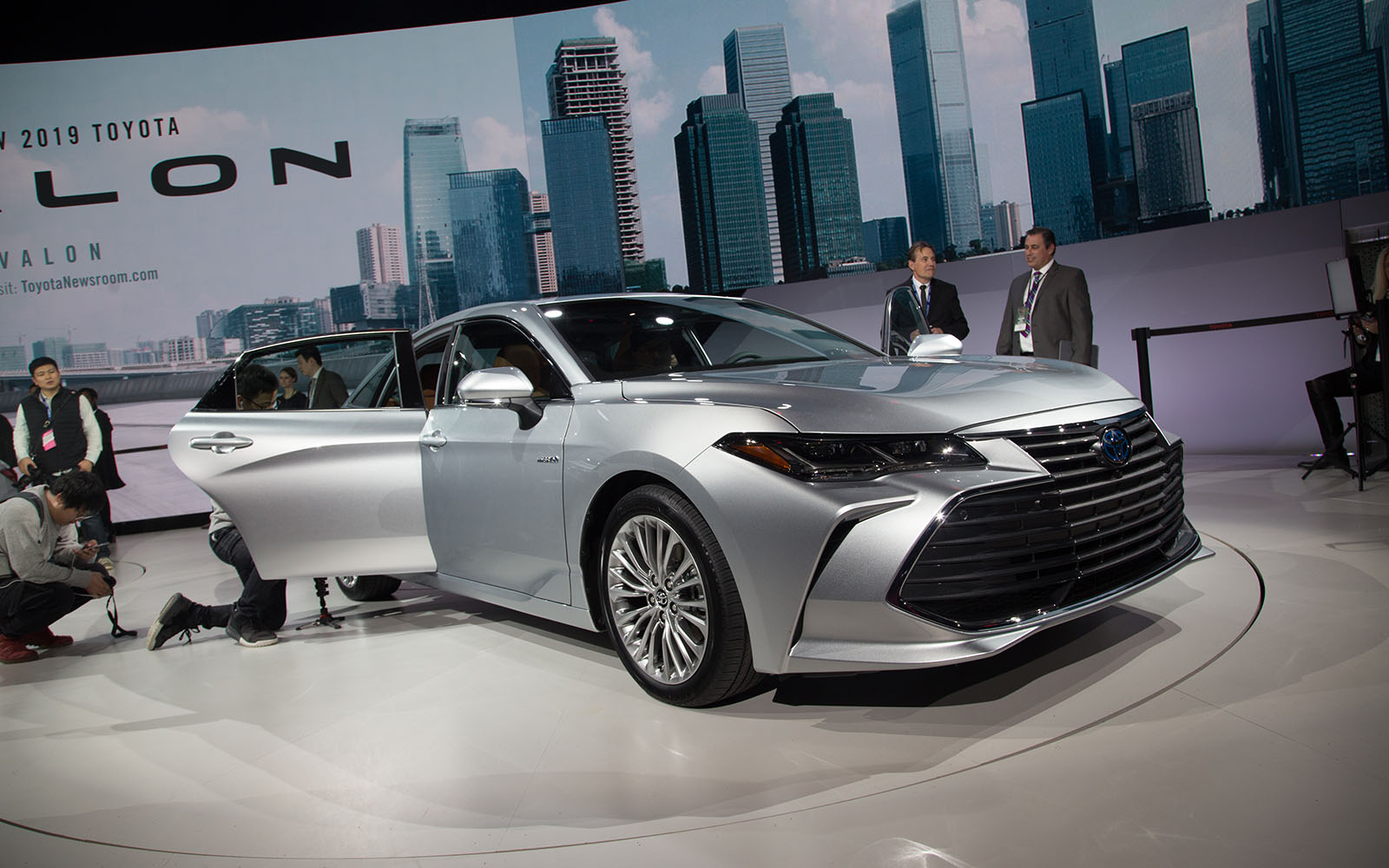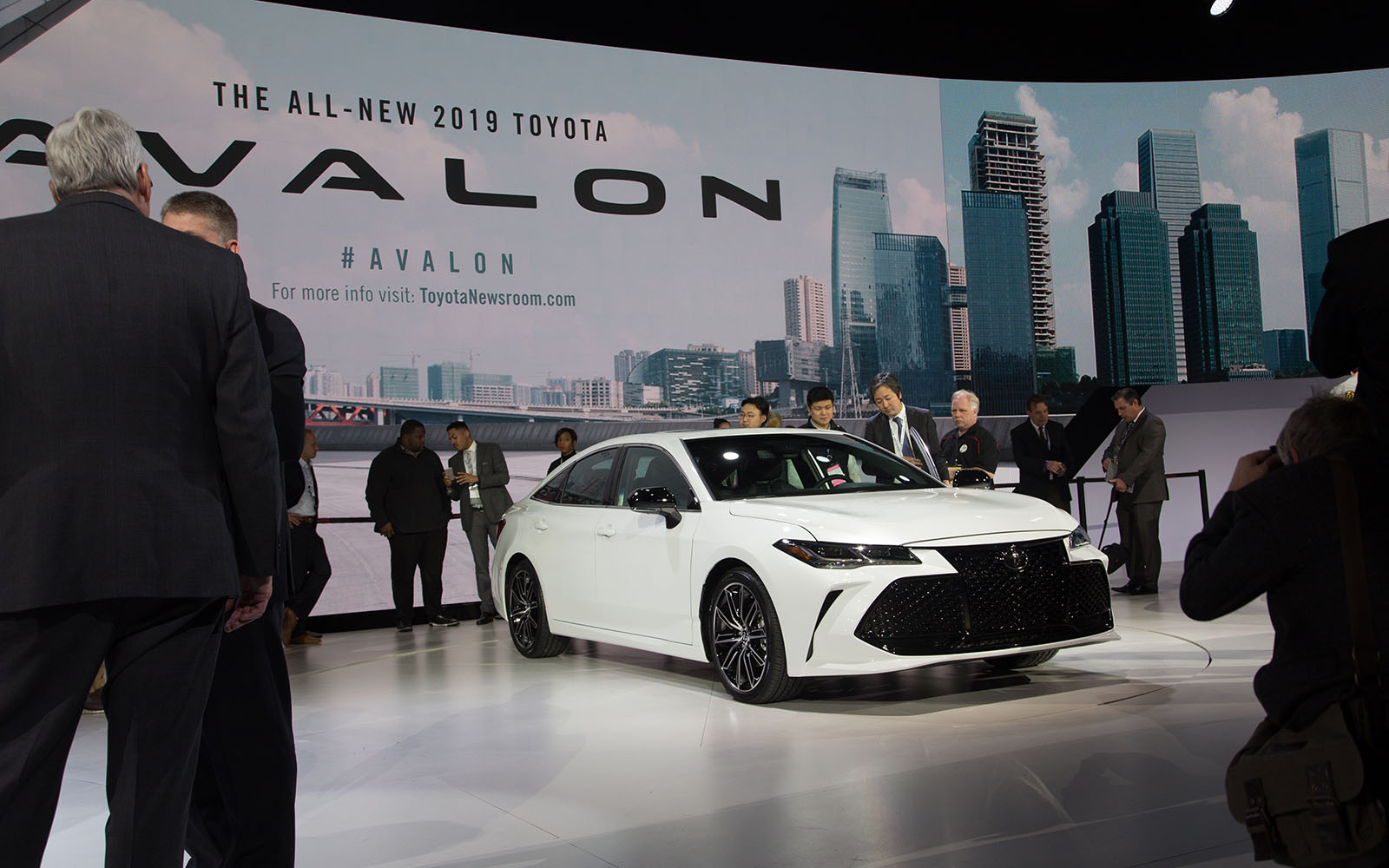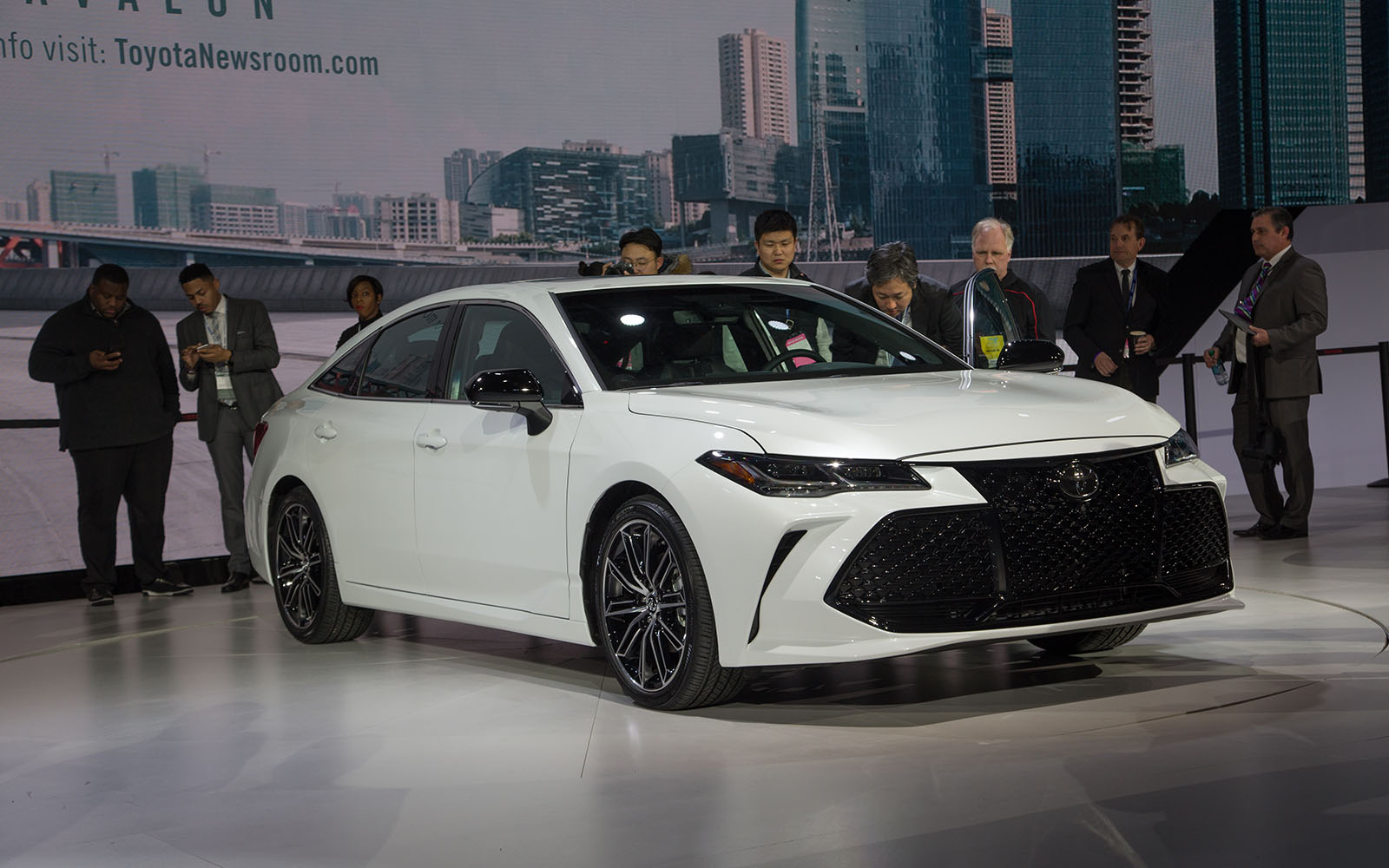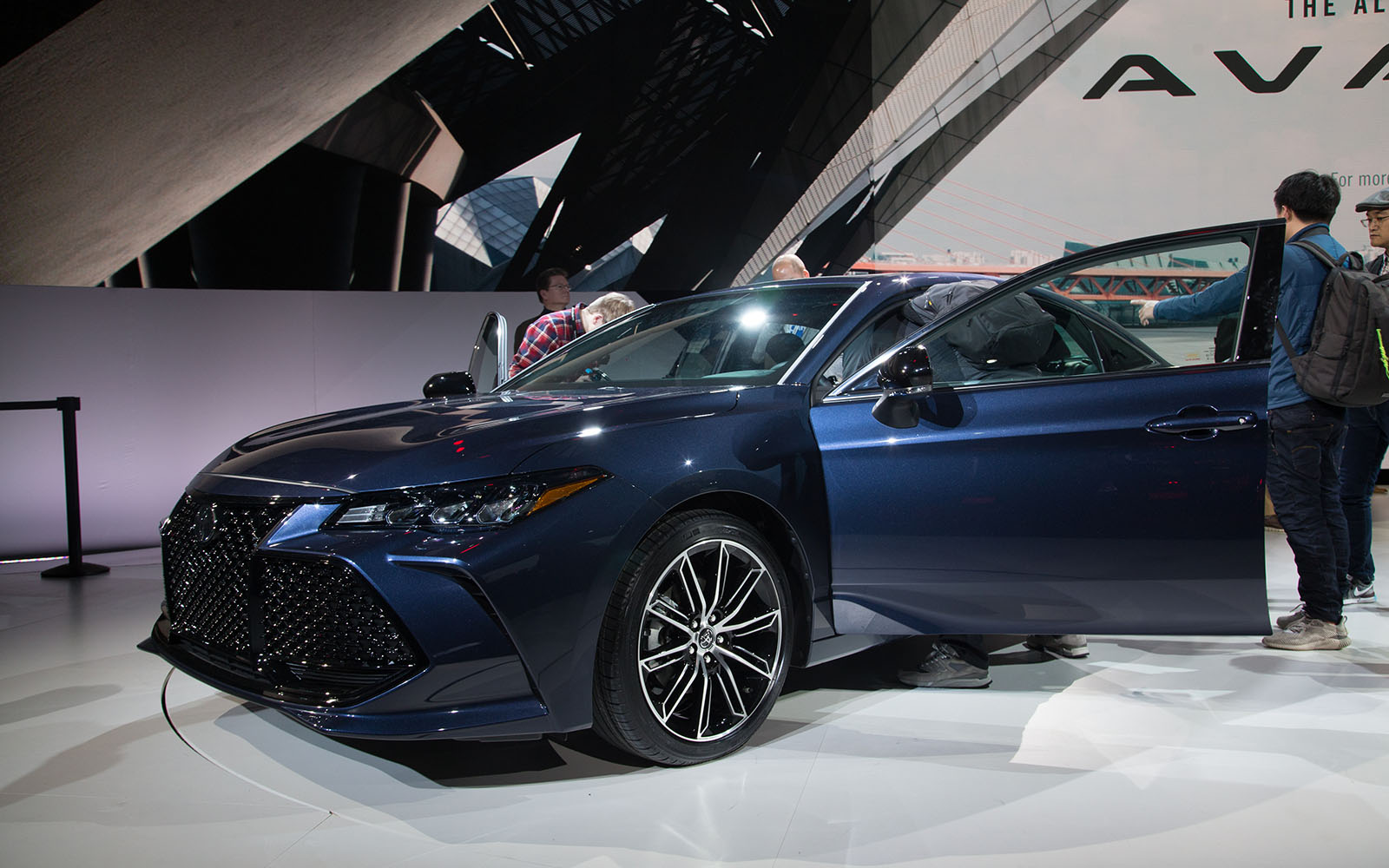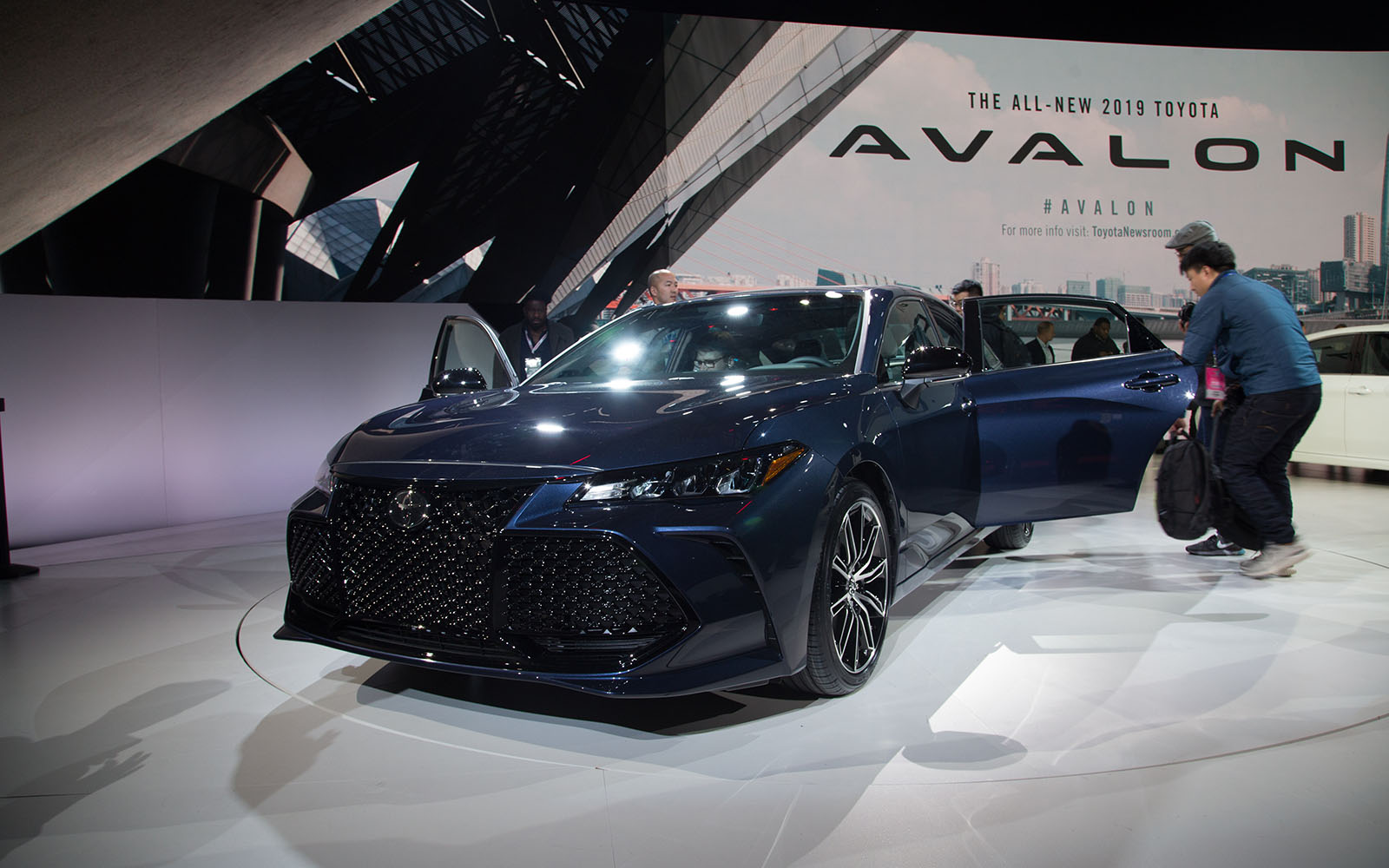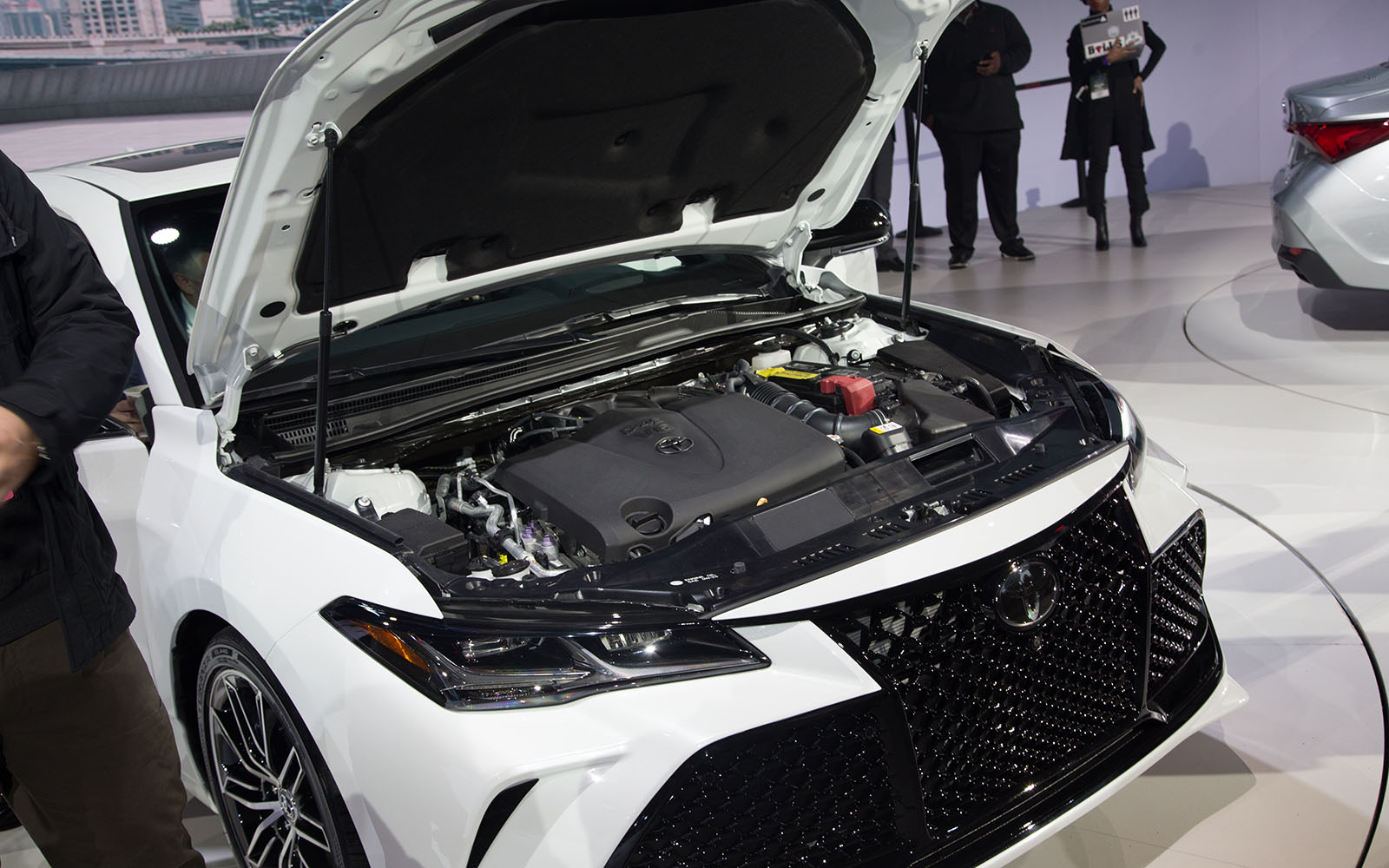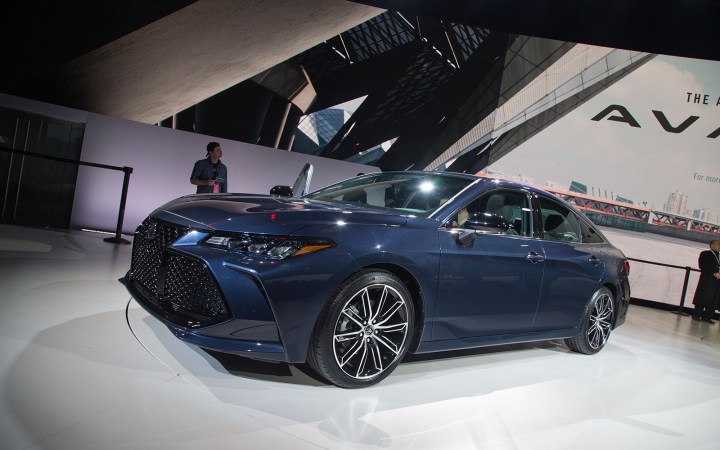
At the 2018 North American International Auto Show, Toyota believes the full-size sedan is still alive. So much so, in fact, that the firm just revealed an all-new 2019 Avalon for everyone to see.

Built on Toyota’s latest New Global Architecture (TNGA) modular platform, the Avalon benefits from a host of new changes, including some under the hood. But even better, the Avalon ditches humdrum looks catered to the geriatric motoring club for a far more dramatic design.
Incorporating Toyota’s latest design language, thanks to Toyota’s latest collaborative efforts with Calty Design Research Inc. in Ann Arbor, Michigan, the new Avalon’s styling theme follows the company’s Technical Beauty philosophy … and the latest Toyota Camry. Also, some dimensions slightly shrink in size — specifically, it’s shorter in height by an inch, while the cowl decreases by 1.2 inches and the rear trunk line by 1.5 inches.
The front and rear overhangs also benefit from a reduction, with wider tracks in the front and rear, helping to make the stance lower, more aggressive, and sportier. The length of the wheelbase, though, grows by two inches. Under the skin, there’s a new multi-link rear suspension setup, contributing to the wider track at the back.

Under the hood, the 2019 Toyota Avalon retains its naturally aspirated 3.5-liter V6 as its standard engine choice, while the optional powertrain is Toyota’s next-generation Hybrid System (THS II). Thanks to a host of revisions which see Toyota engineers increasing the compression ratio, adjusting the bore and stroke of the motor, adding direct-injection, and tweaking the variable valve timing system, the new V6 promises improved performance and responses, on top of improved fuel economy. Channeling the power to the wheels is an all-new eight-speed automatic.
Toyota’s next-gen hybrid system also features a long list of updates. Thanks to improvements in the direct-injection system, an increase in the 2.5-liter gasoline inline-four’s stroke, a higher compression ratio, and changes to the cooling system, the new hybrid system dissipates thermal efficiencies better than the outgoing setup. There are also two electric motors, one to propel the vehicle and another to assist with recharging the hybrid’s nickel-metal hydride battery.
Under the skin, the Avalon gains a new Adaptive Variable Suspension setup, an “Intake Sound Generator,” Active Noise Cancellation, and Engine Sound Enhancement — all a bunch of supposed Toyota firsts. Adjusted by the Avalon’s three-level drive mode selector, the new systems help the driving experience to be more flexible and immersive.
General performance figures and pricing aren’t yet available, but Toyota said the new Avalon will hit dealerships in late spring of this year.
Editors' Recommendations
- Toyota recalls more than 1 million vehicles over potential airbag issue
- 2023 Toyota Sequoia supersizes hybrid tech
- 2020 Toyota Camry vs. 2020 Honda Accord
- With newly added AWD, Toyota’s Camry and Avalon are ready to battle winter
- Toyota takes the tuning world by storm with eight Supra-based builds
